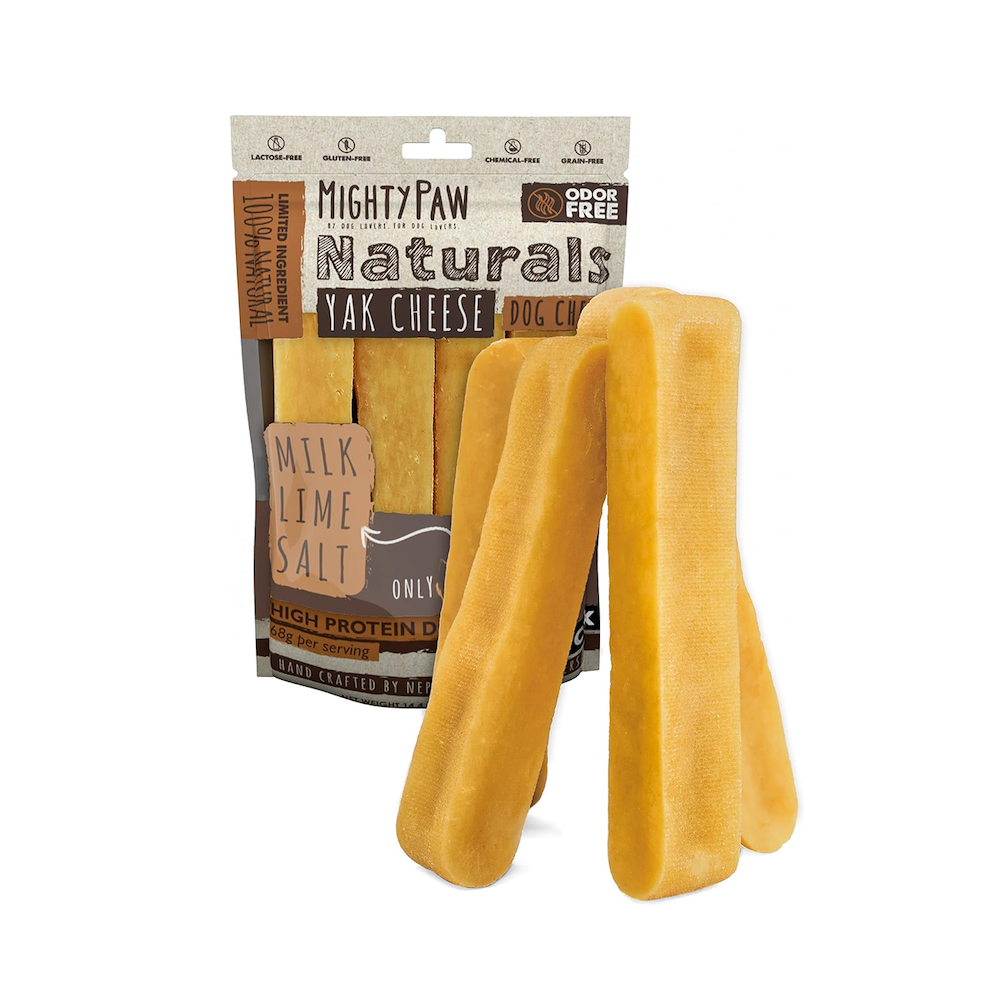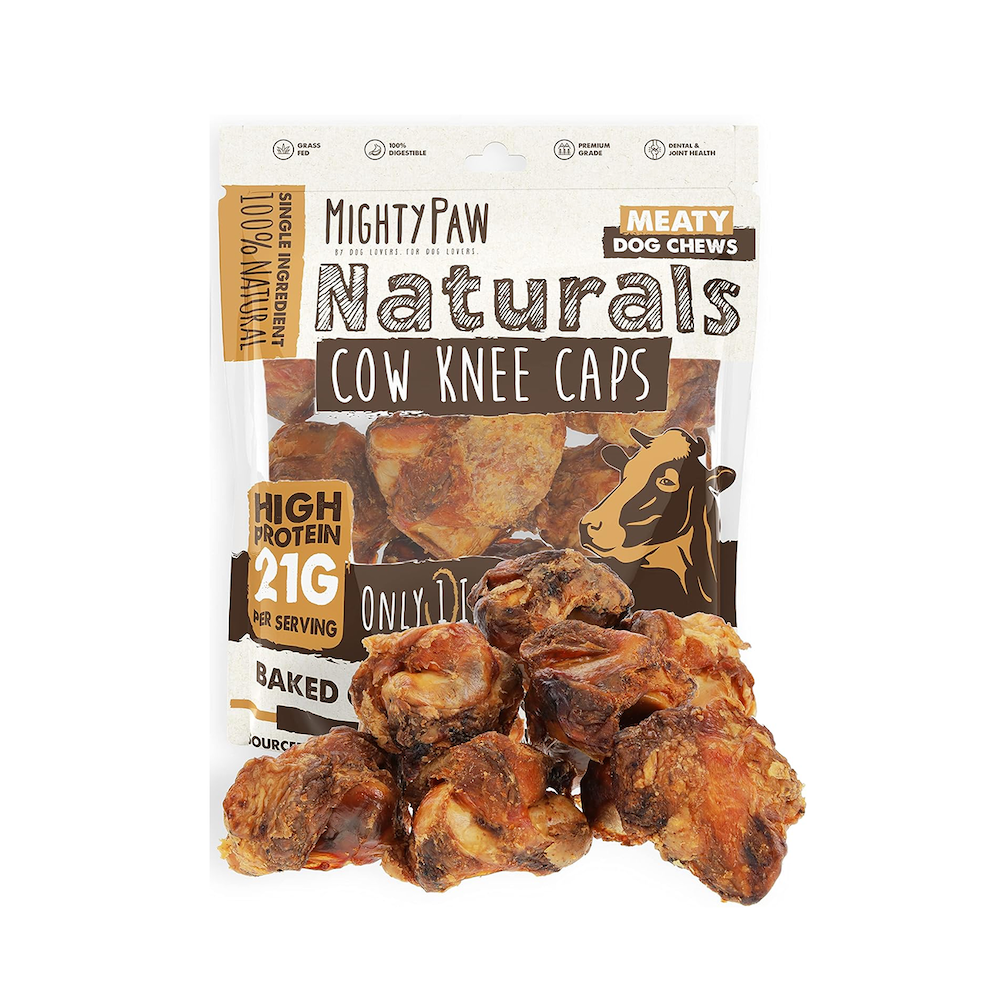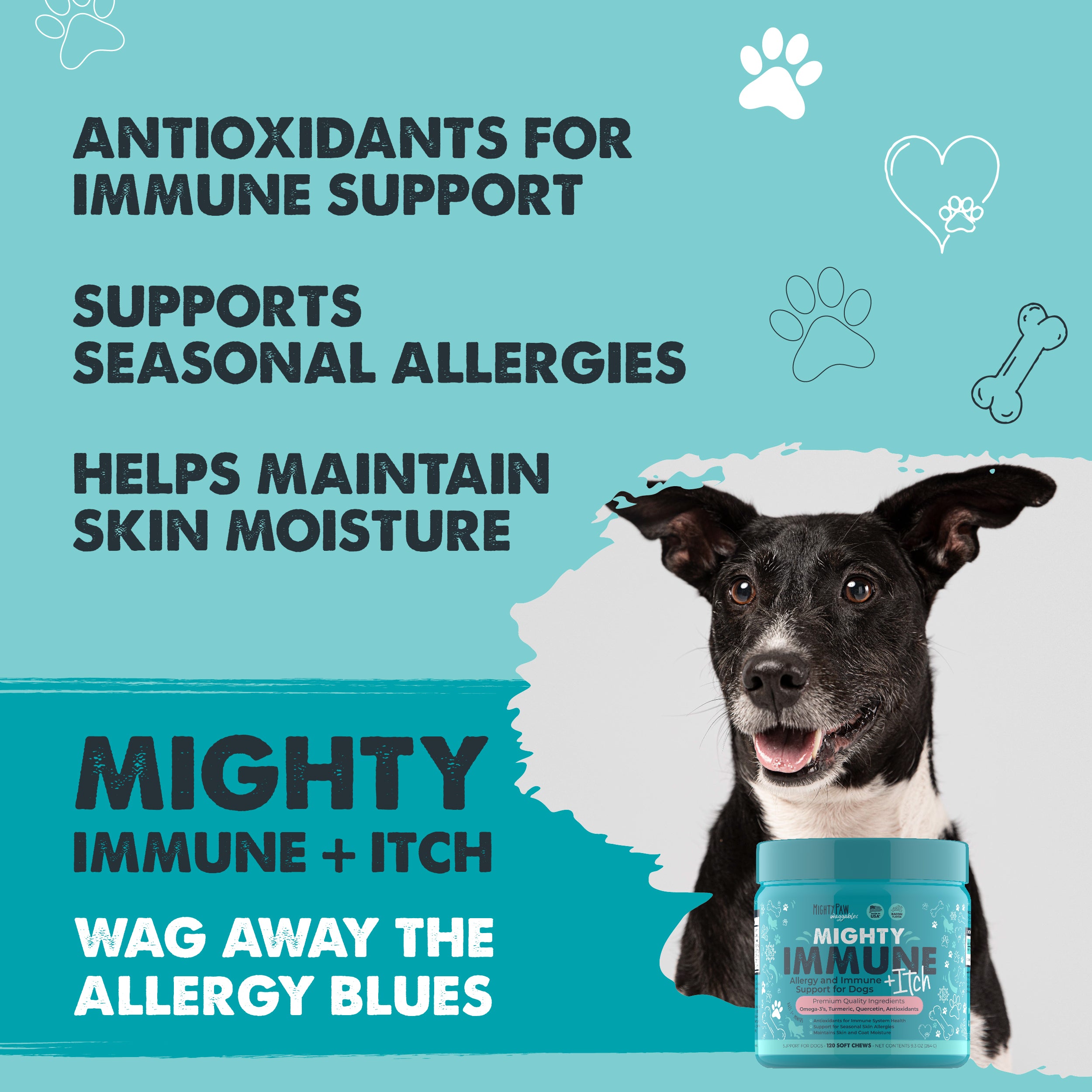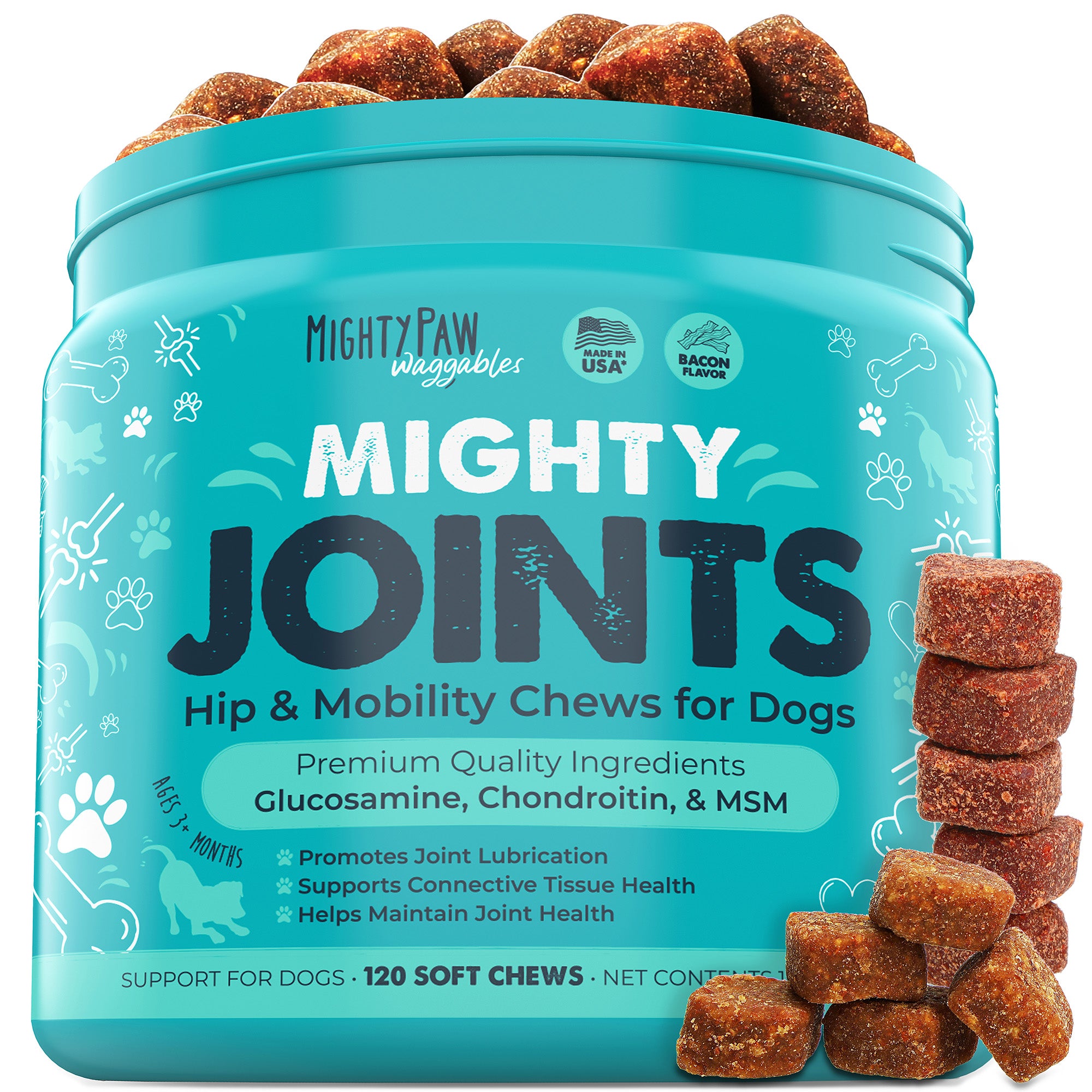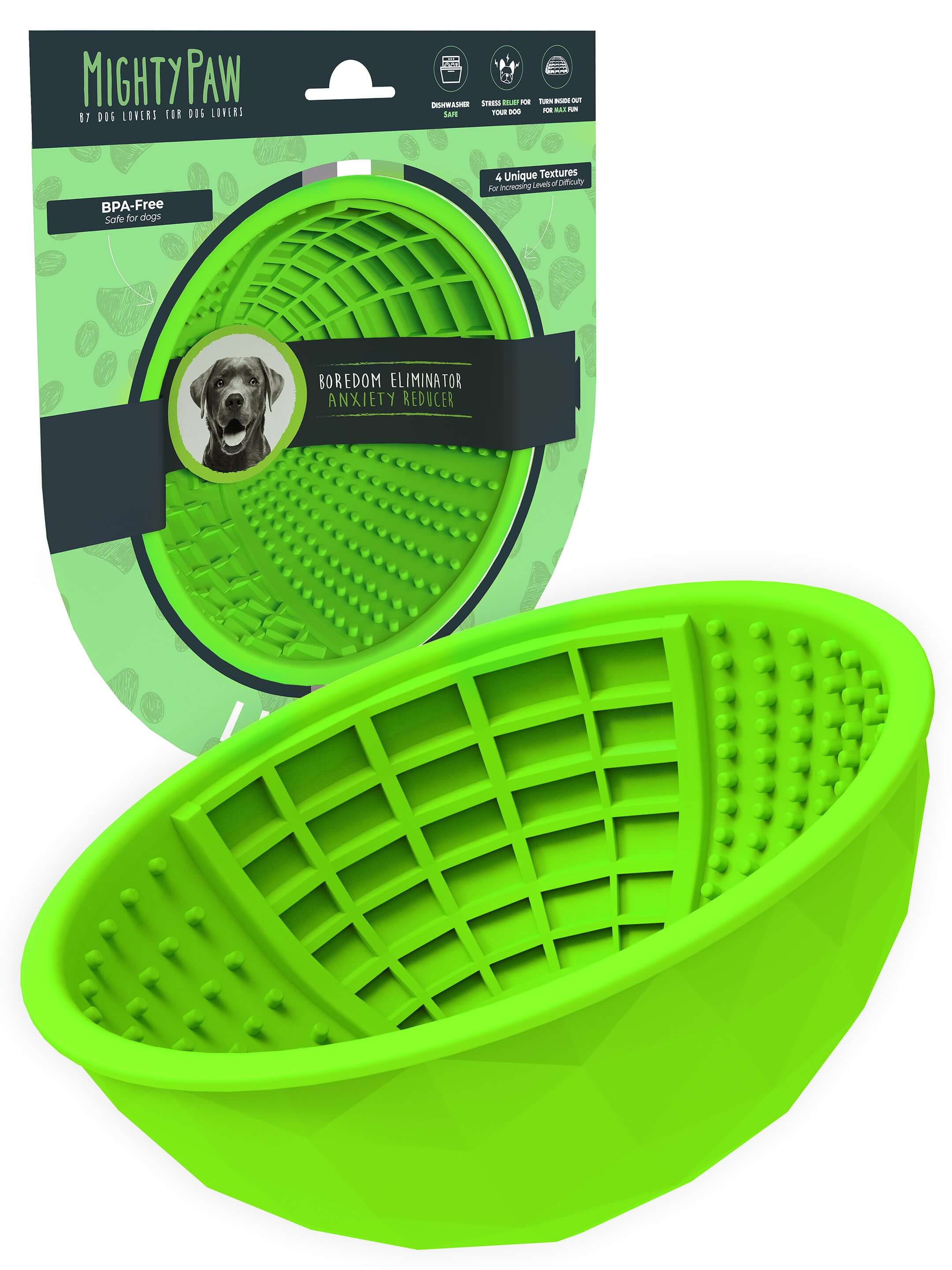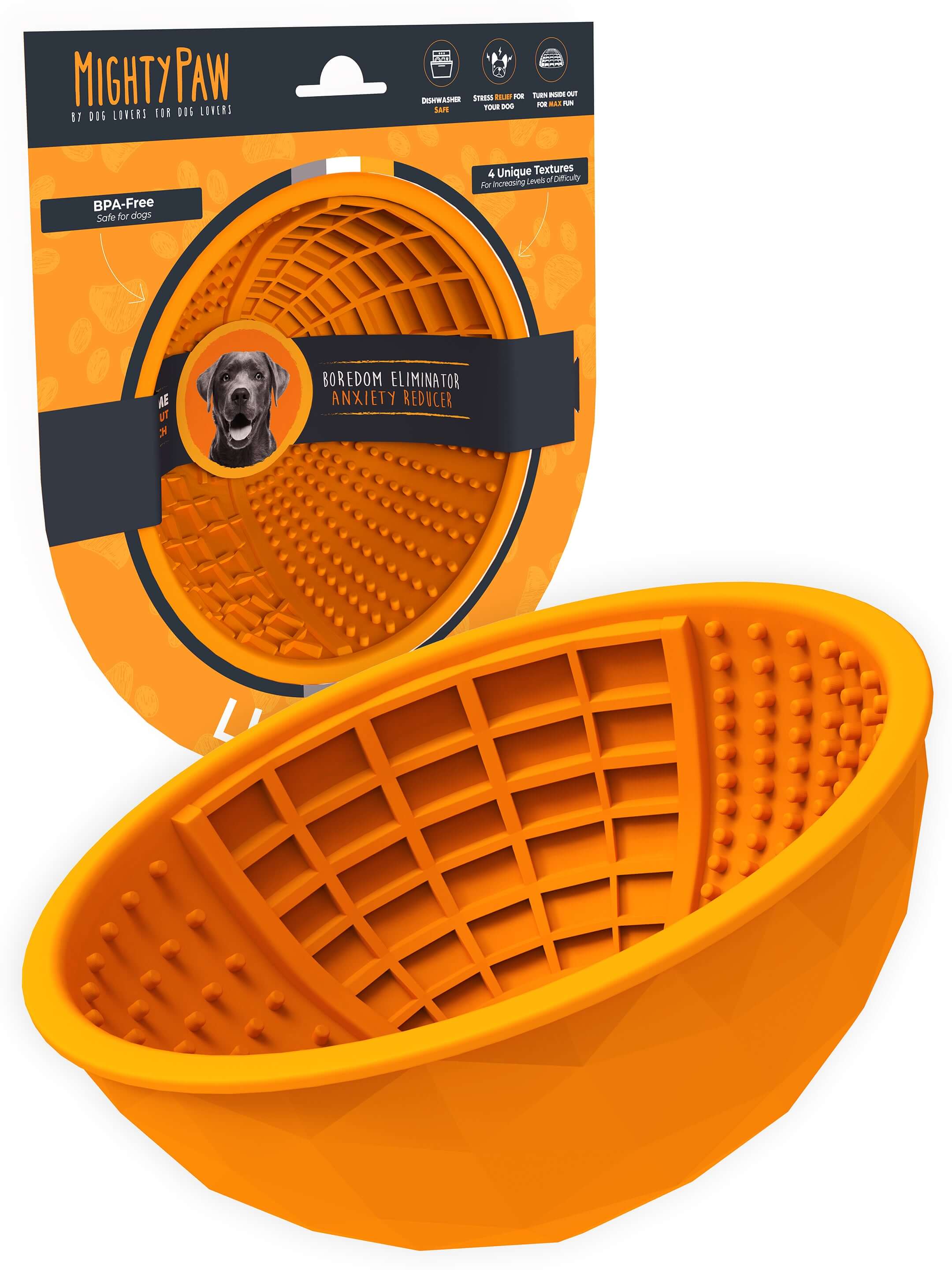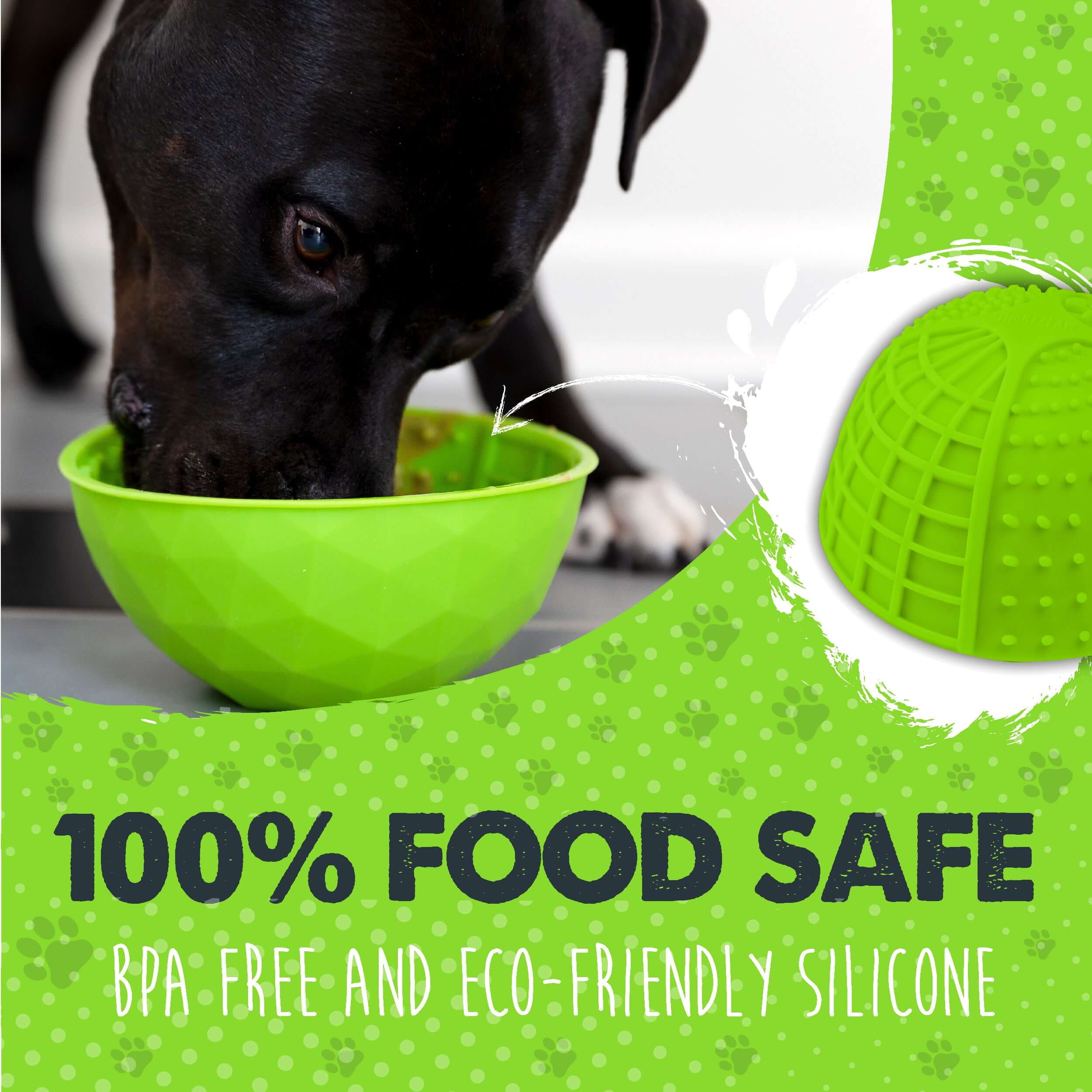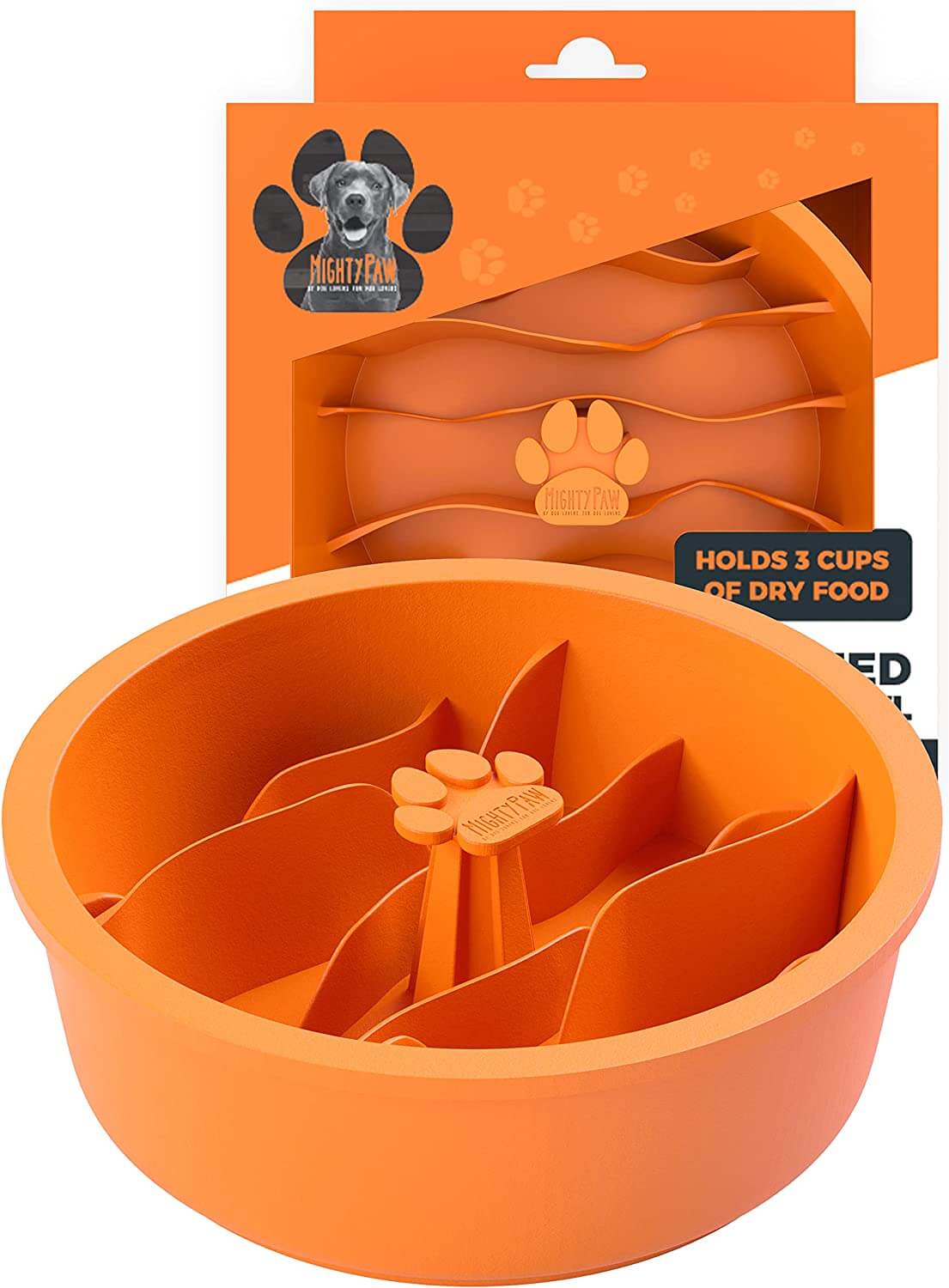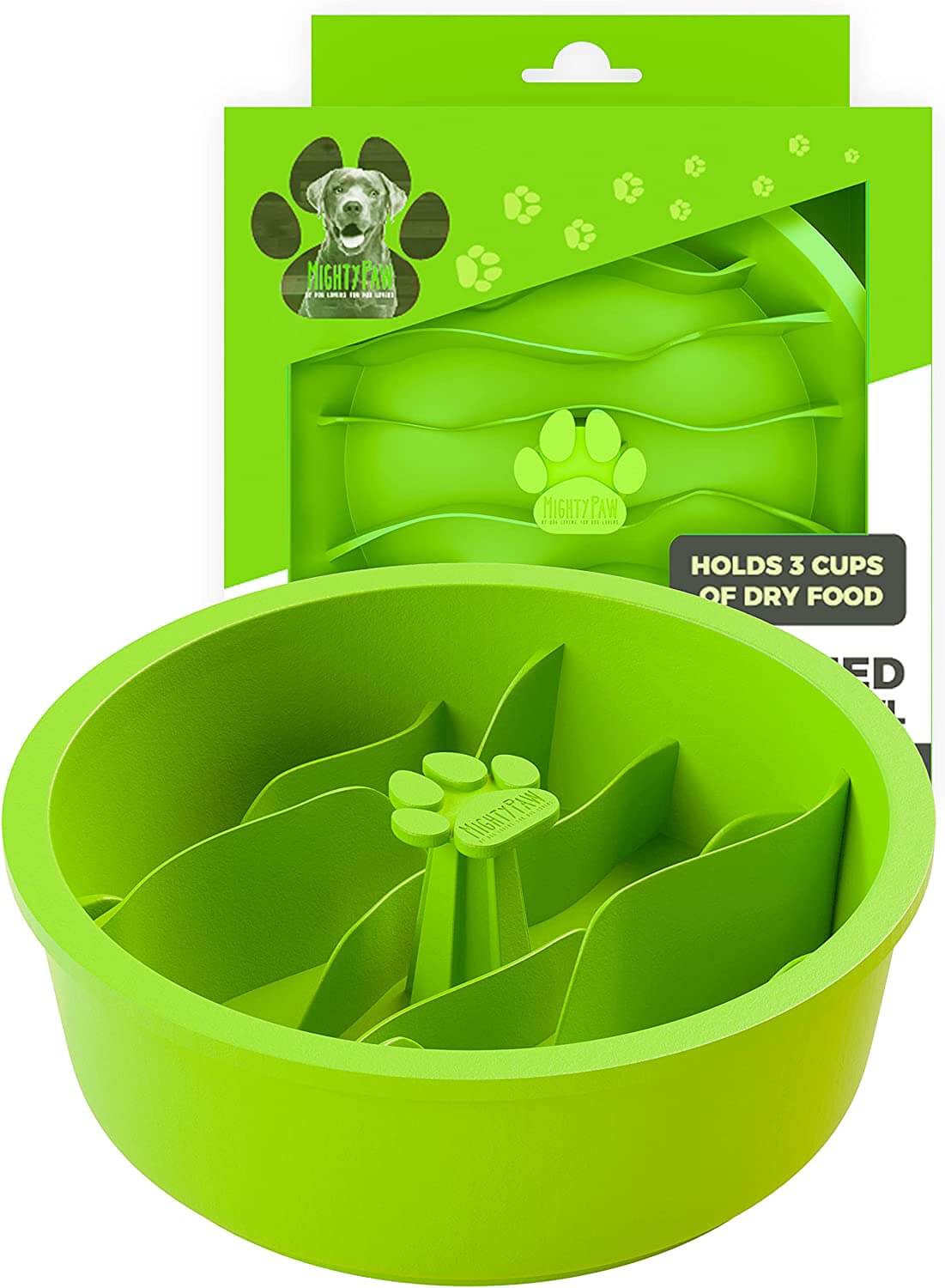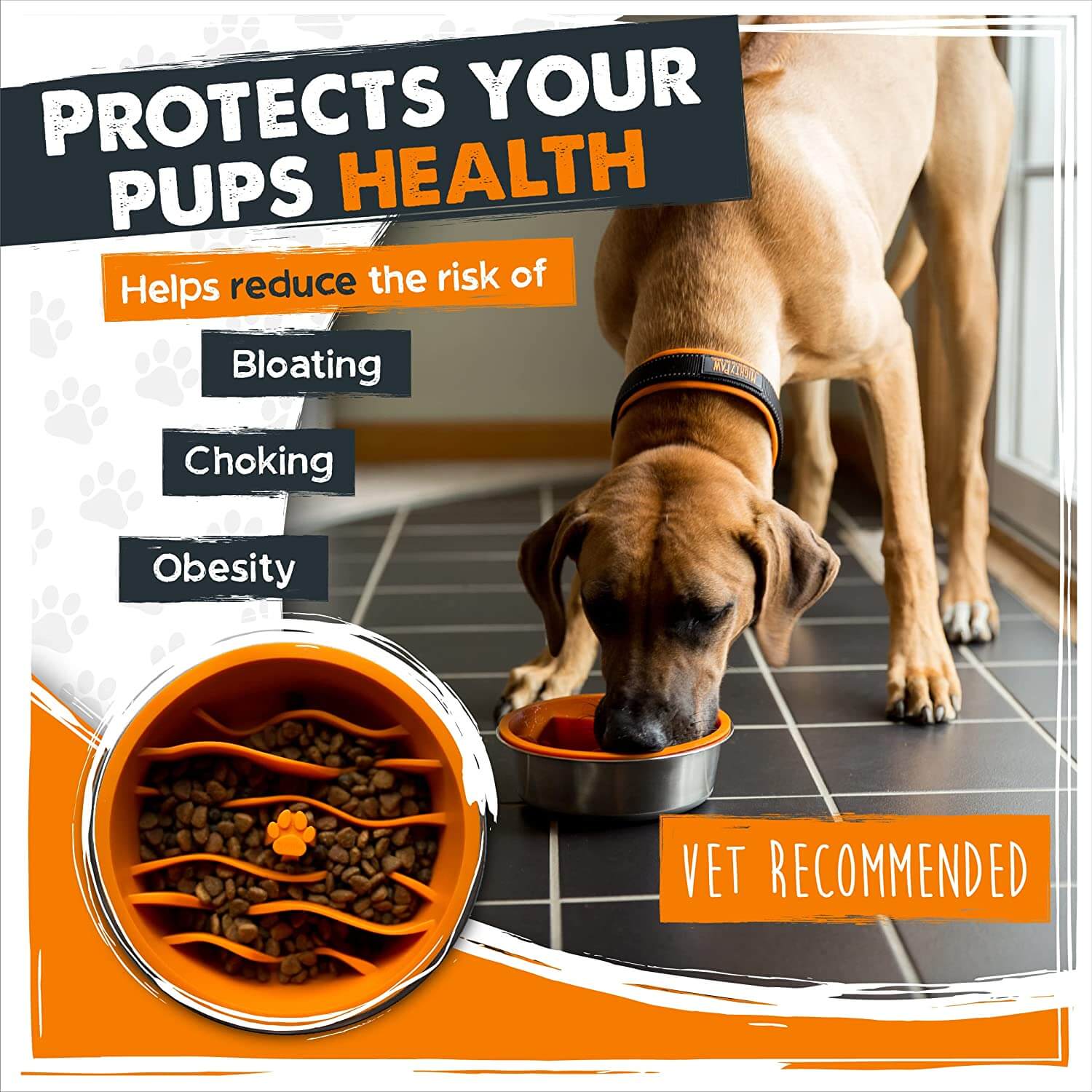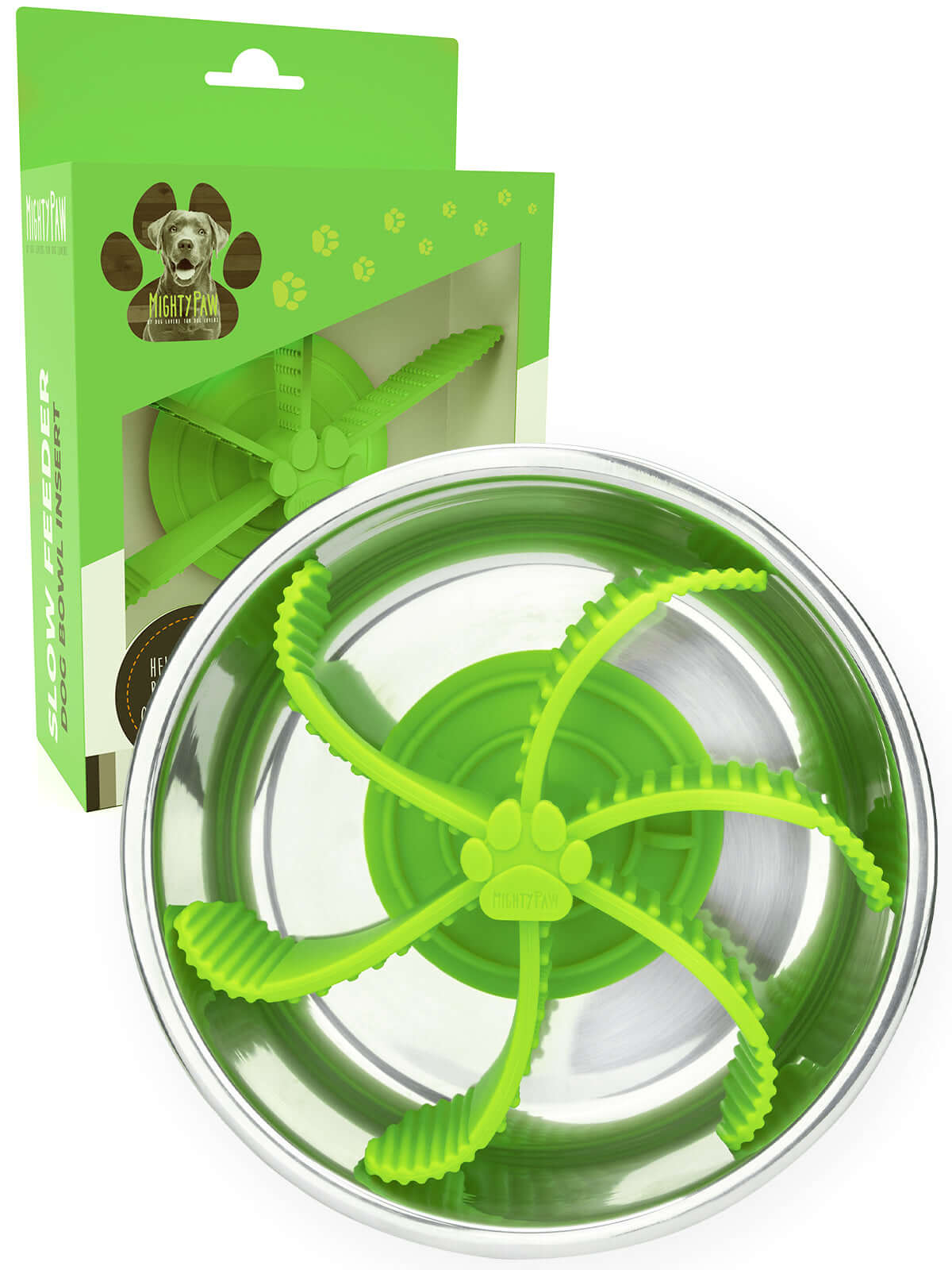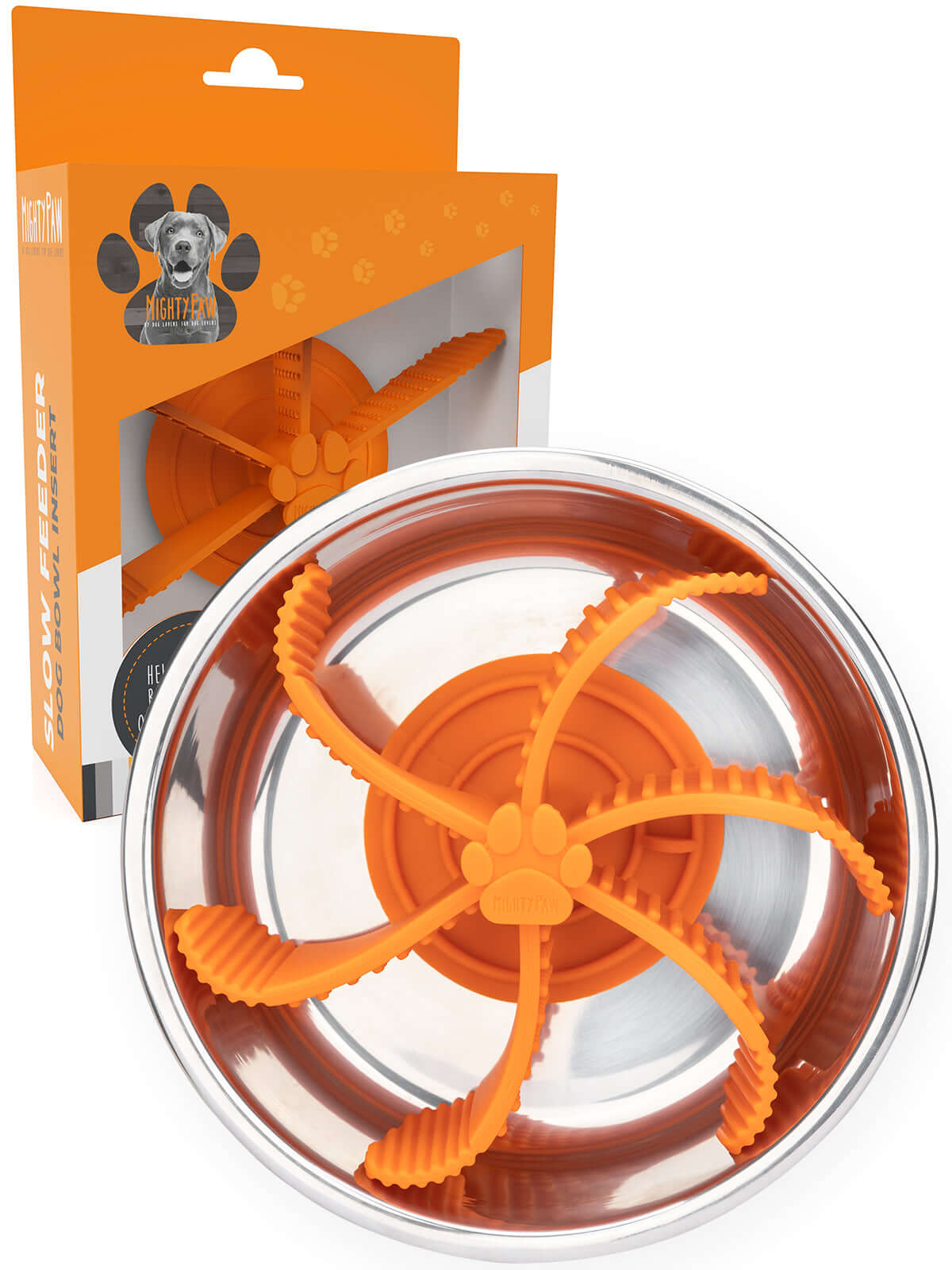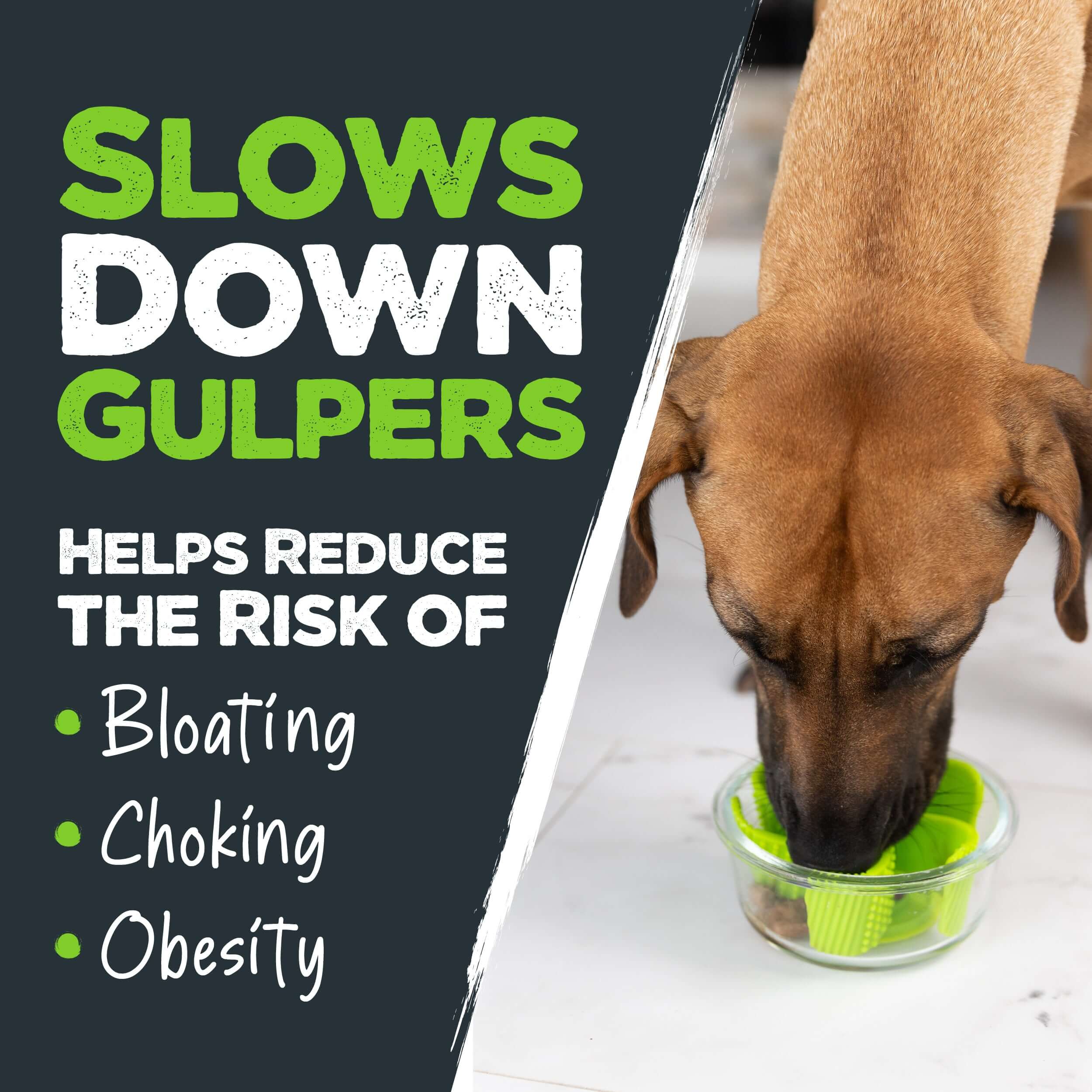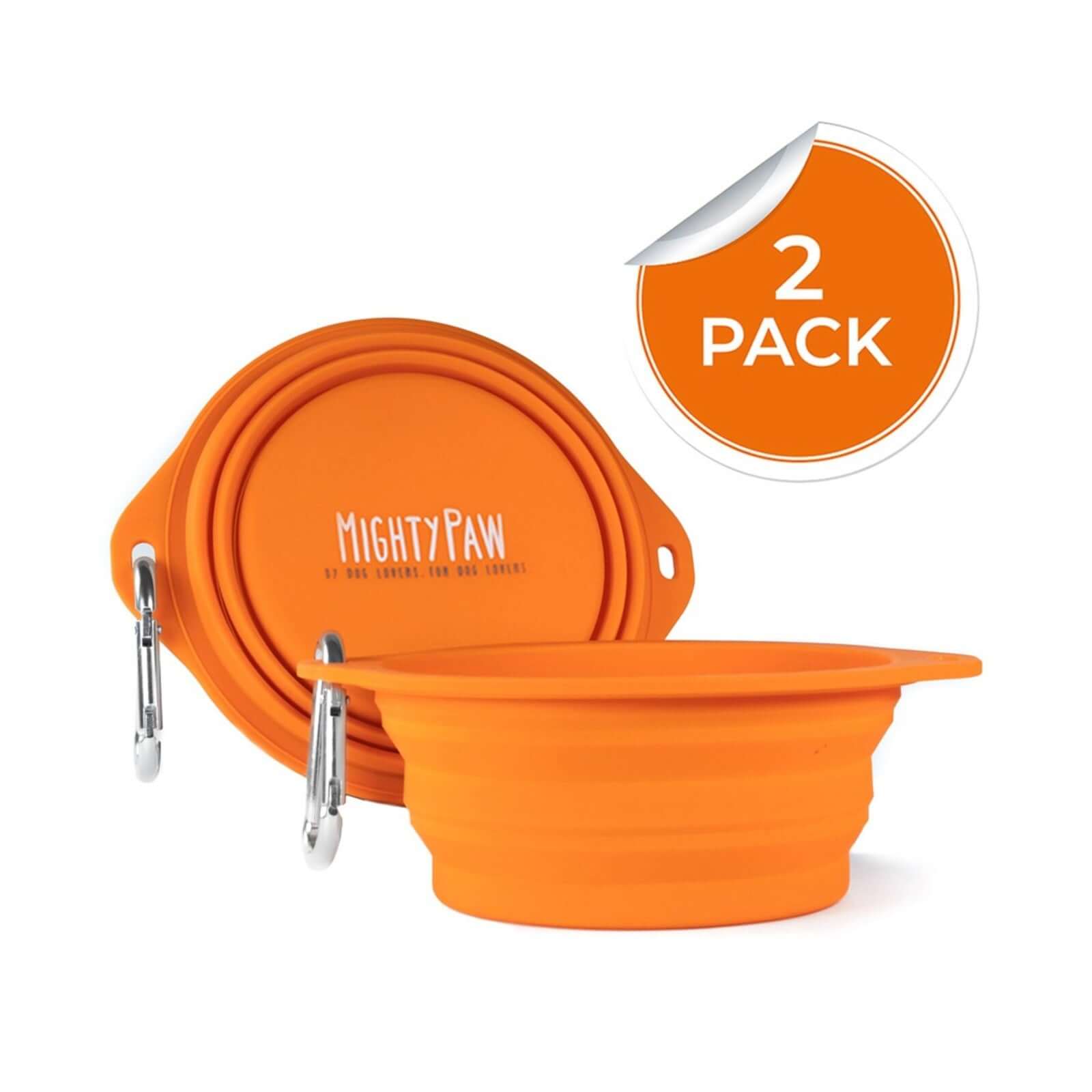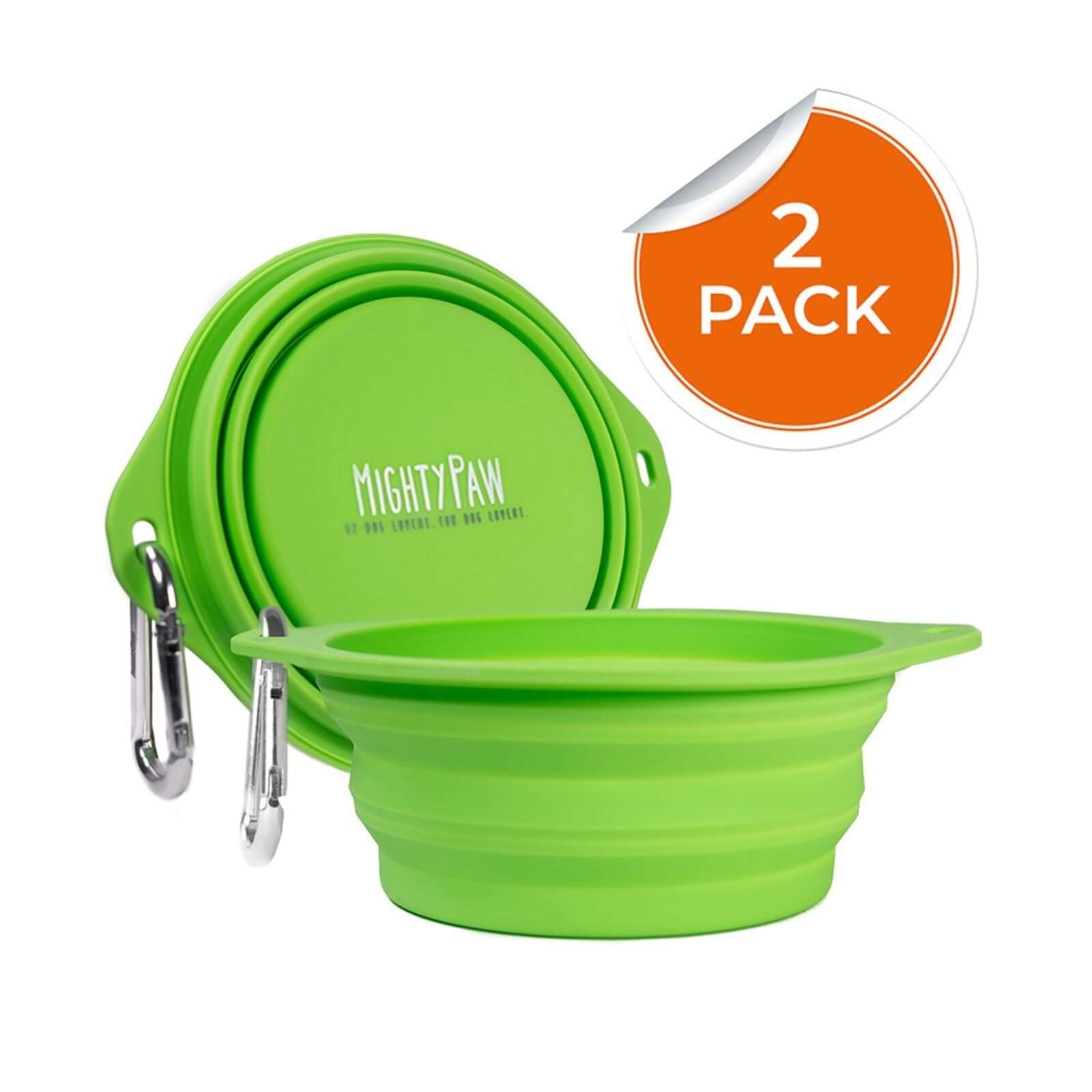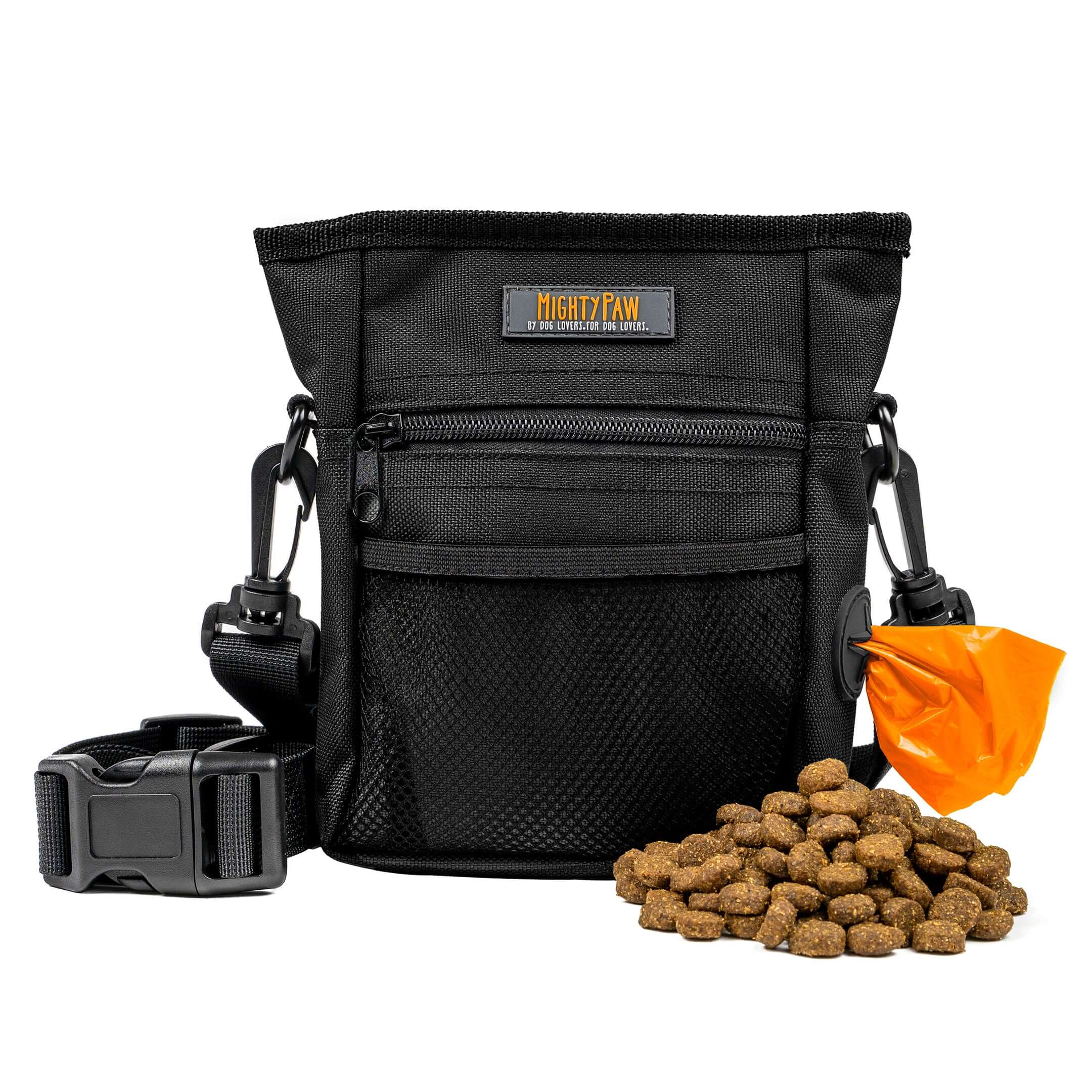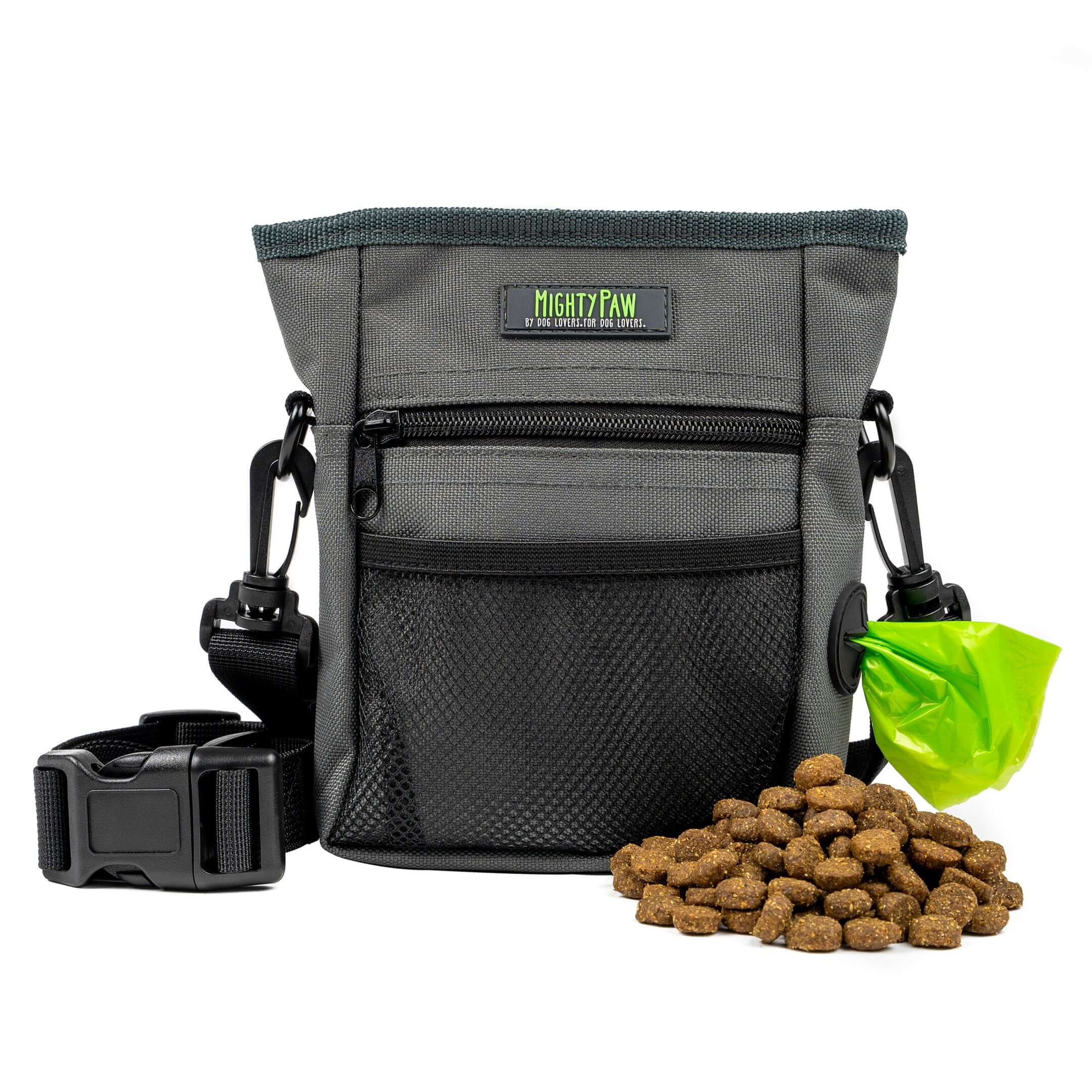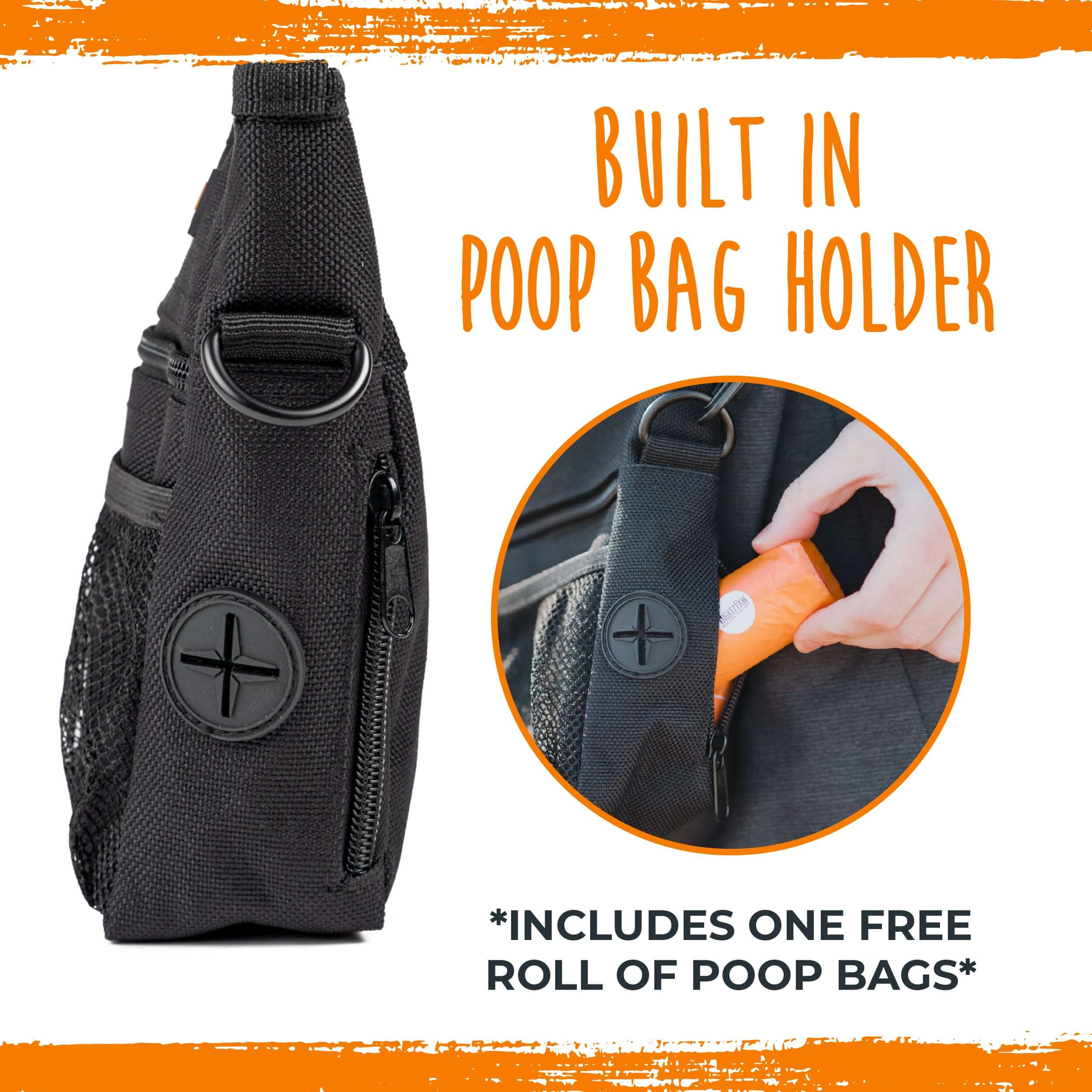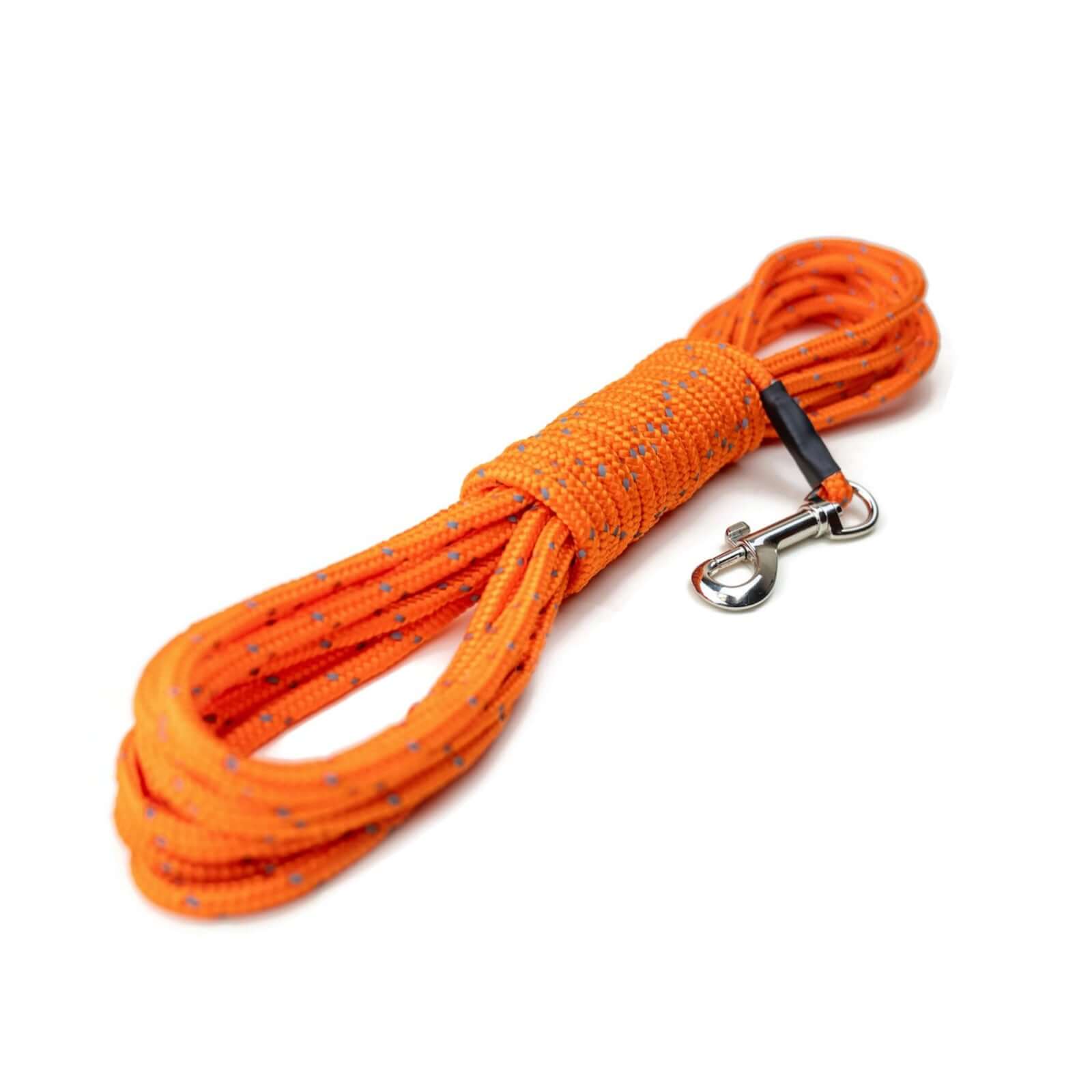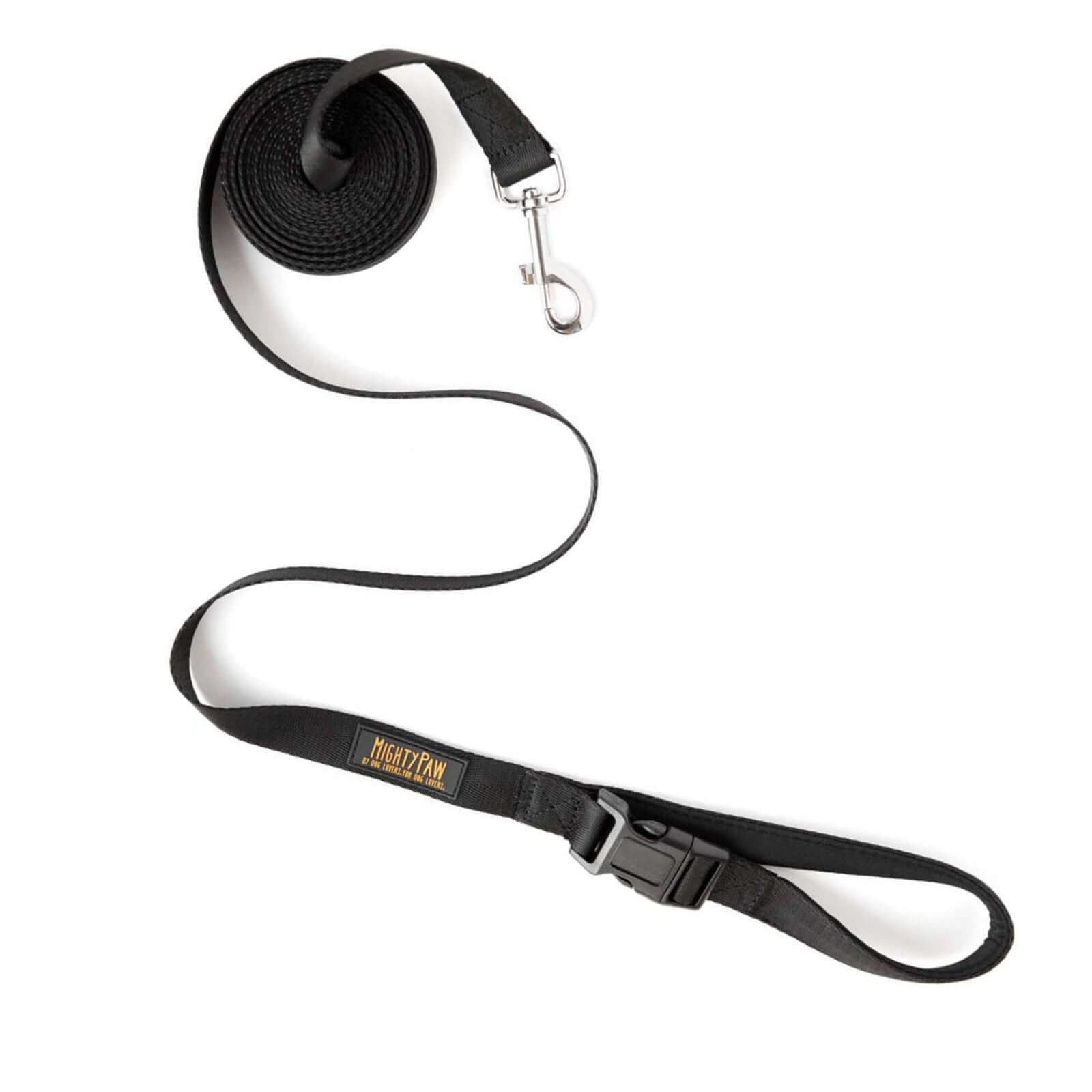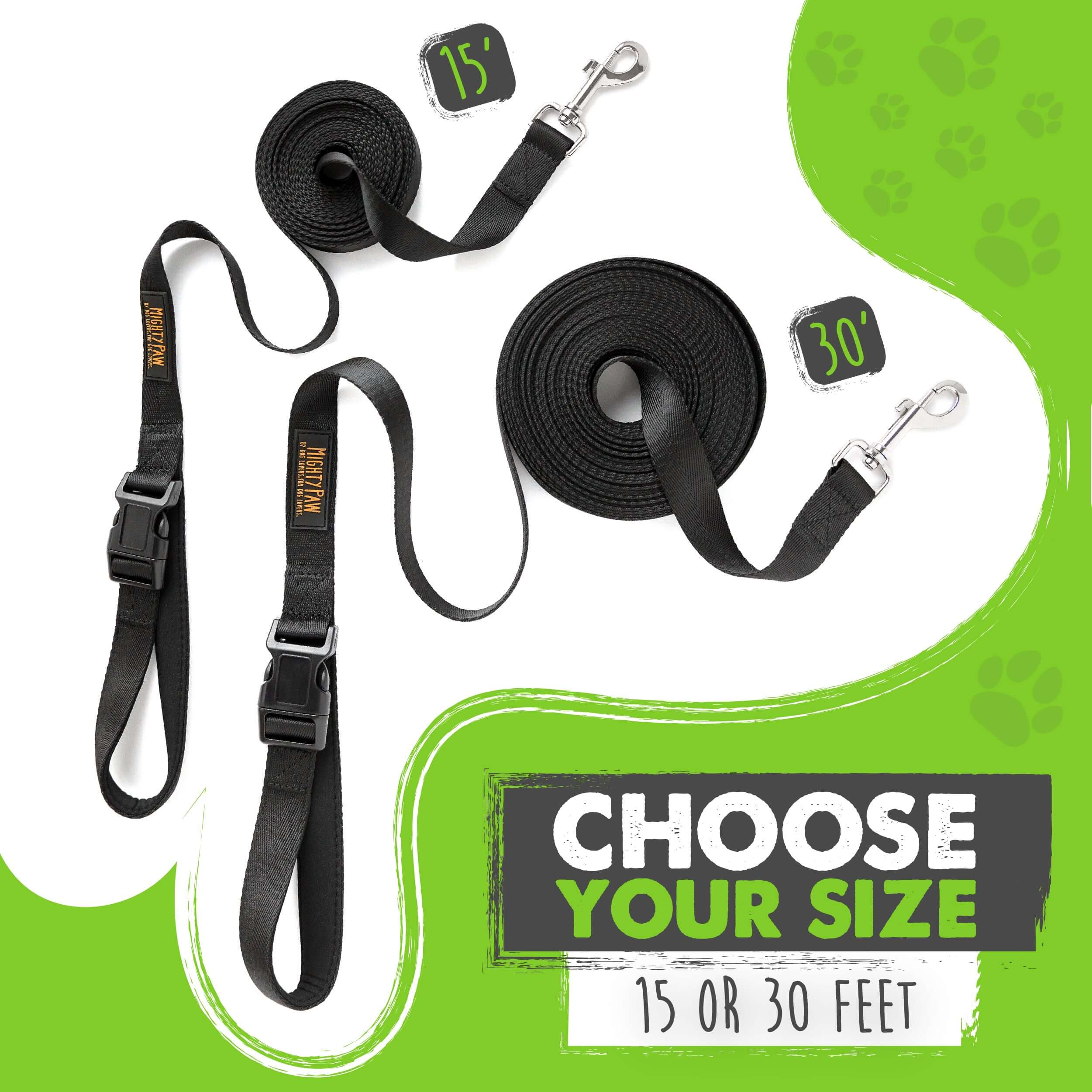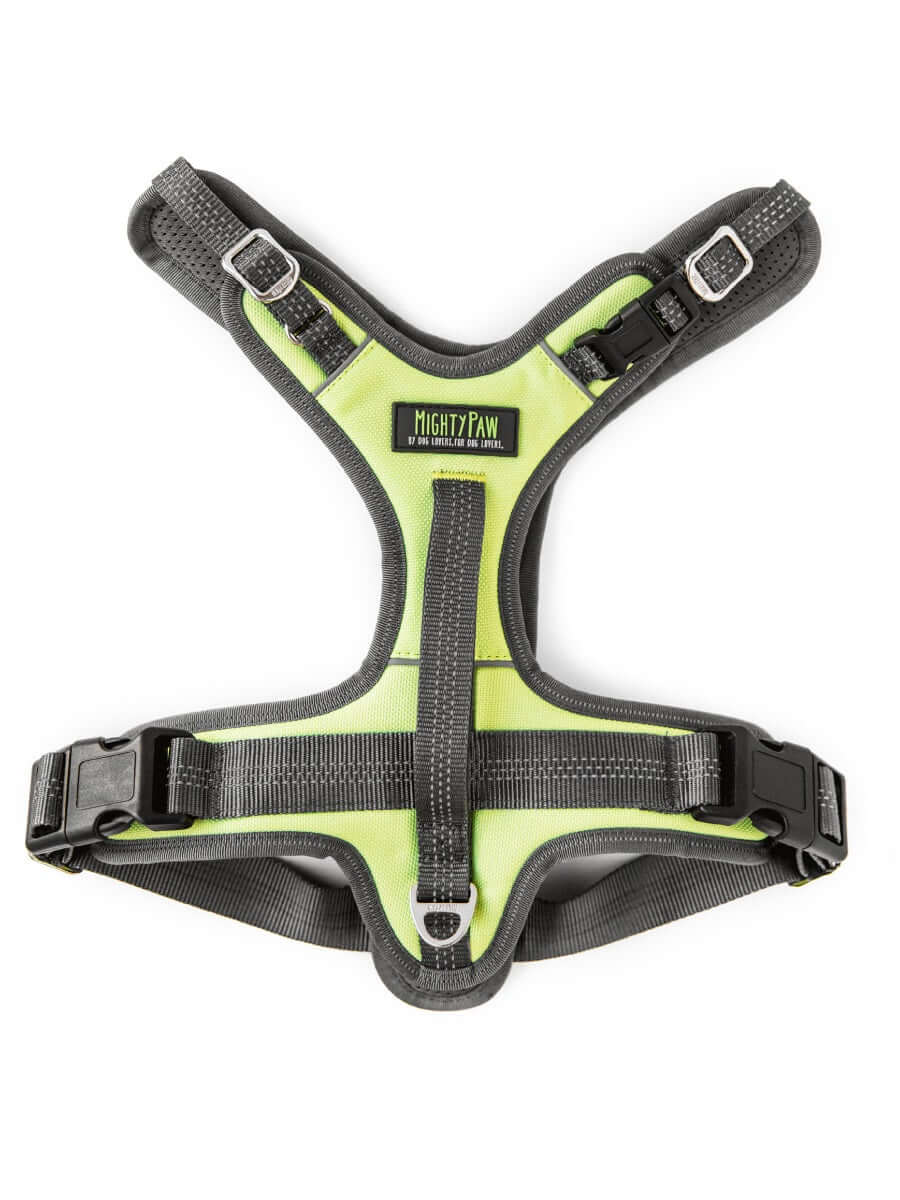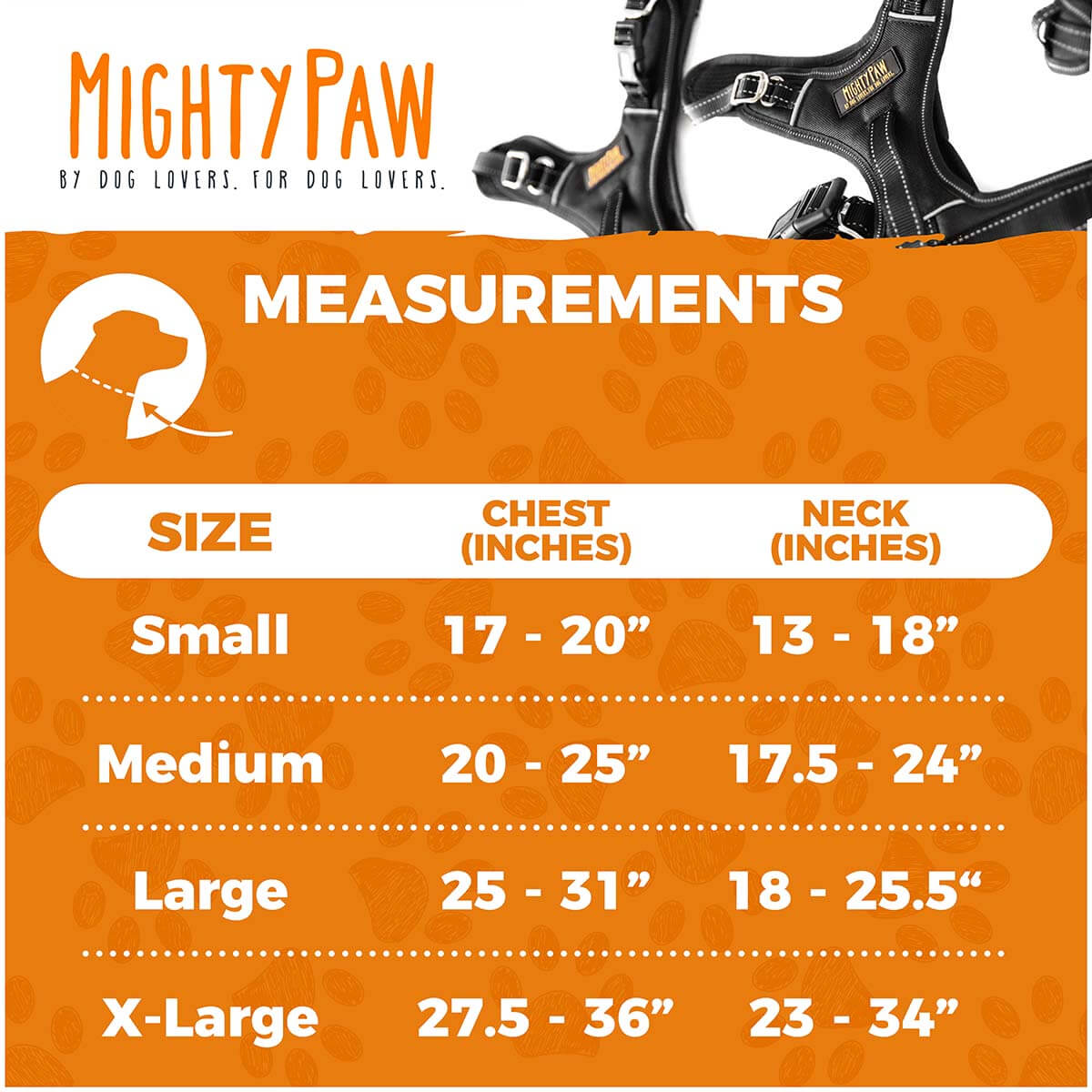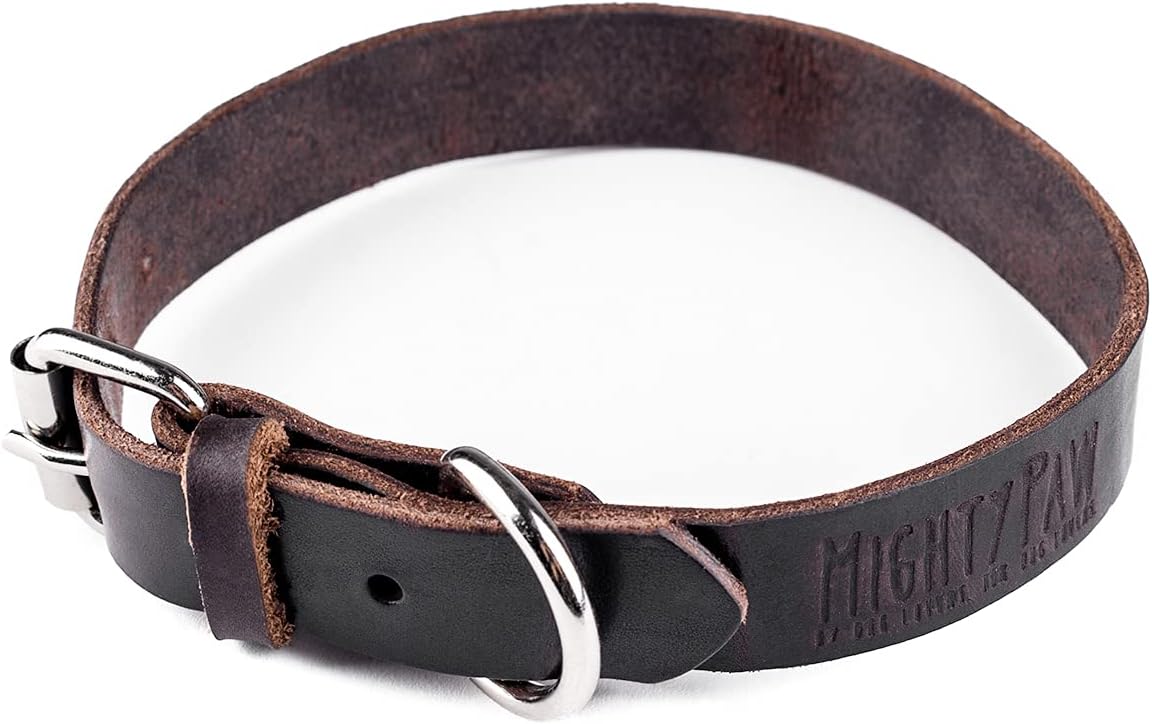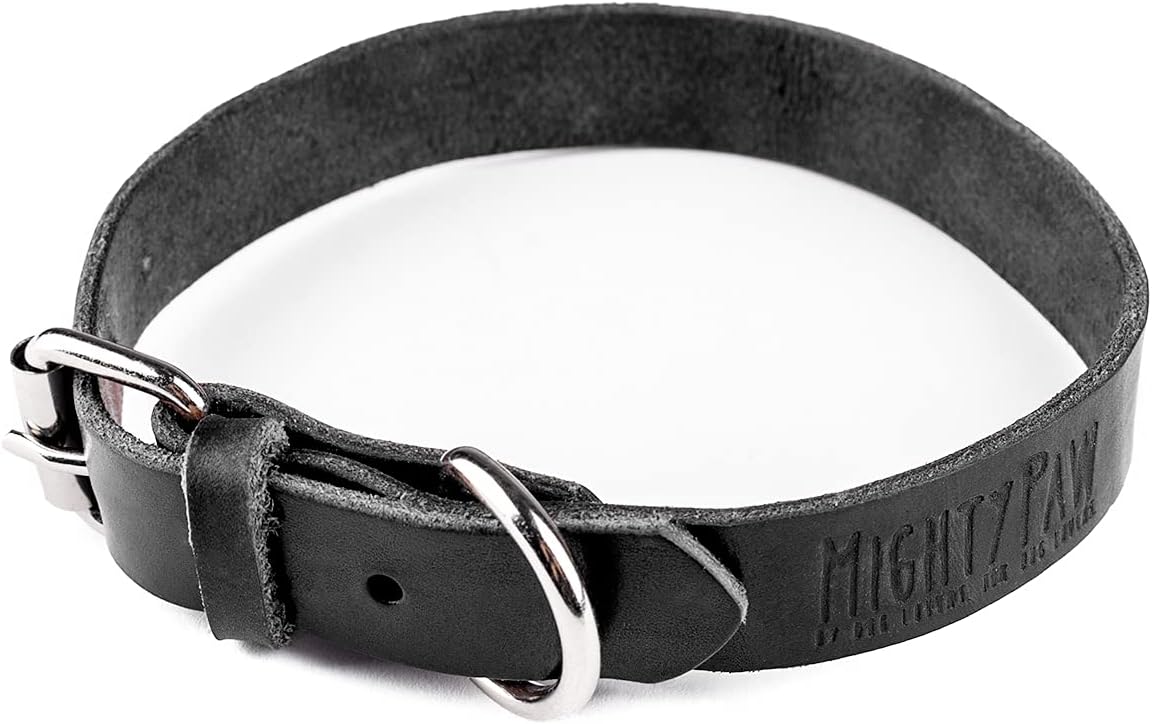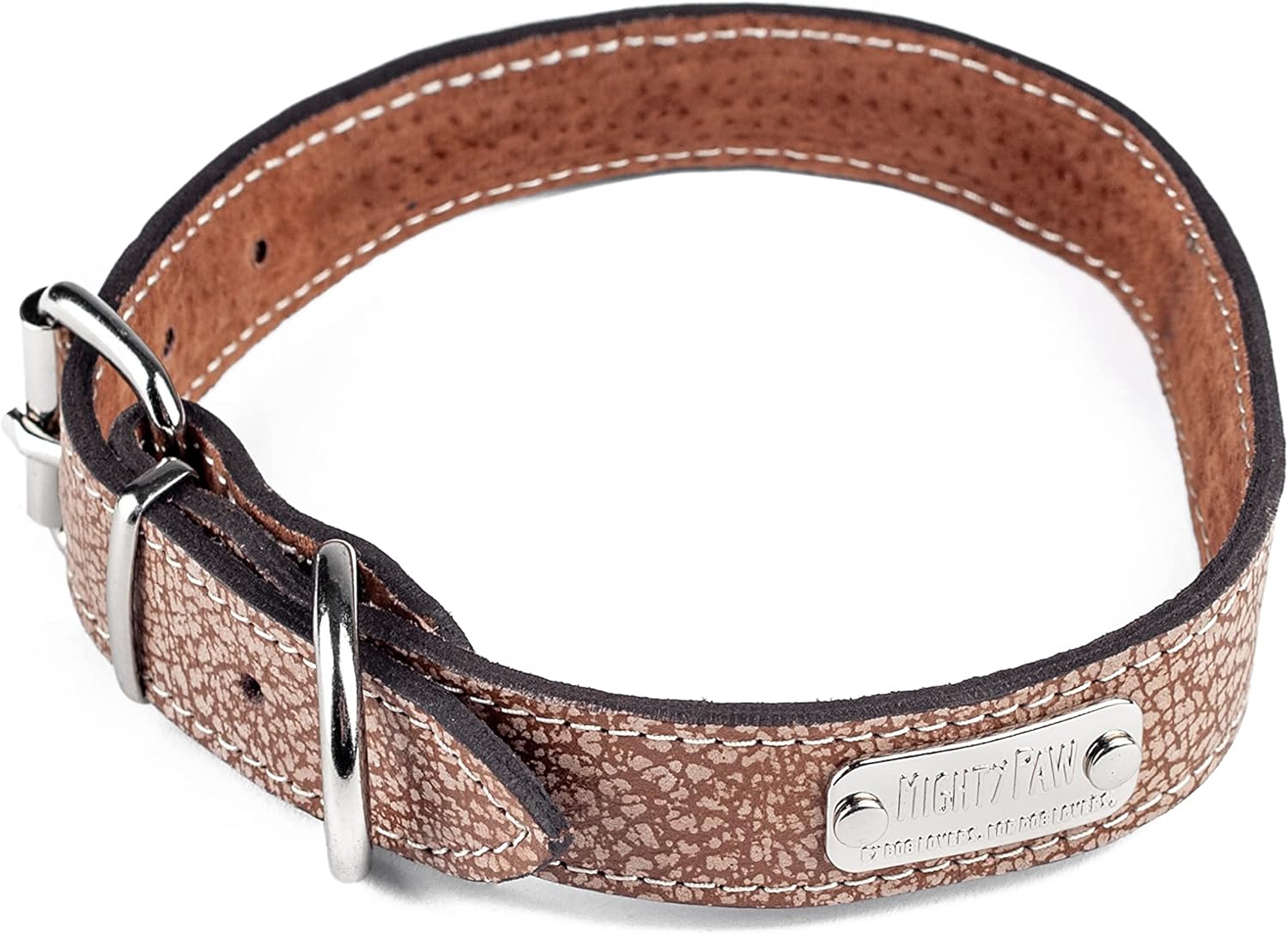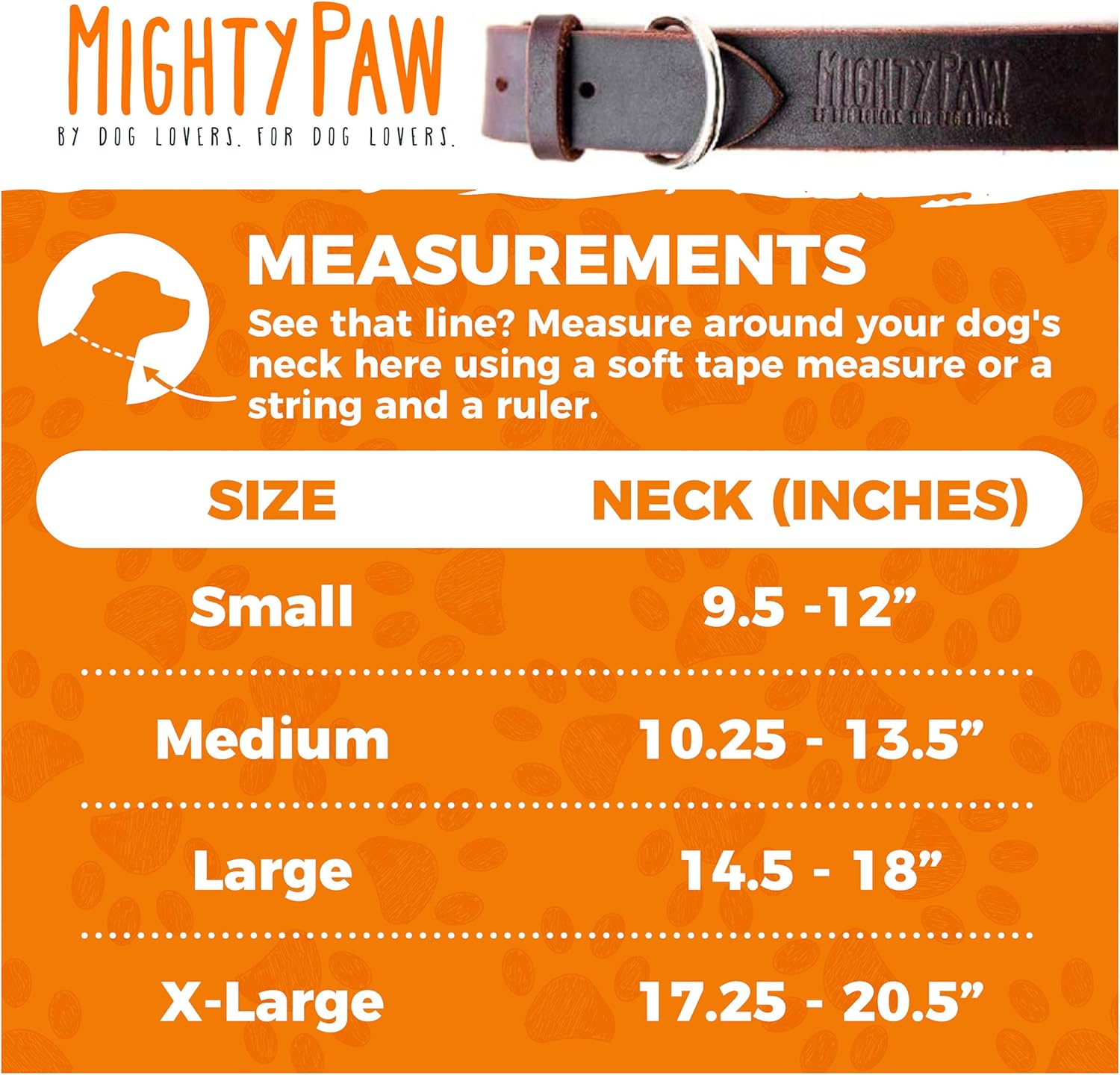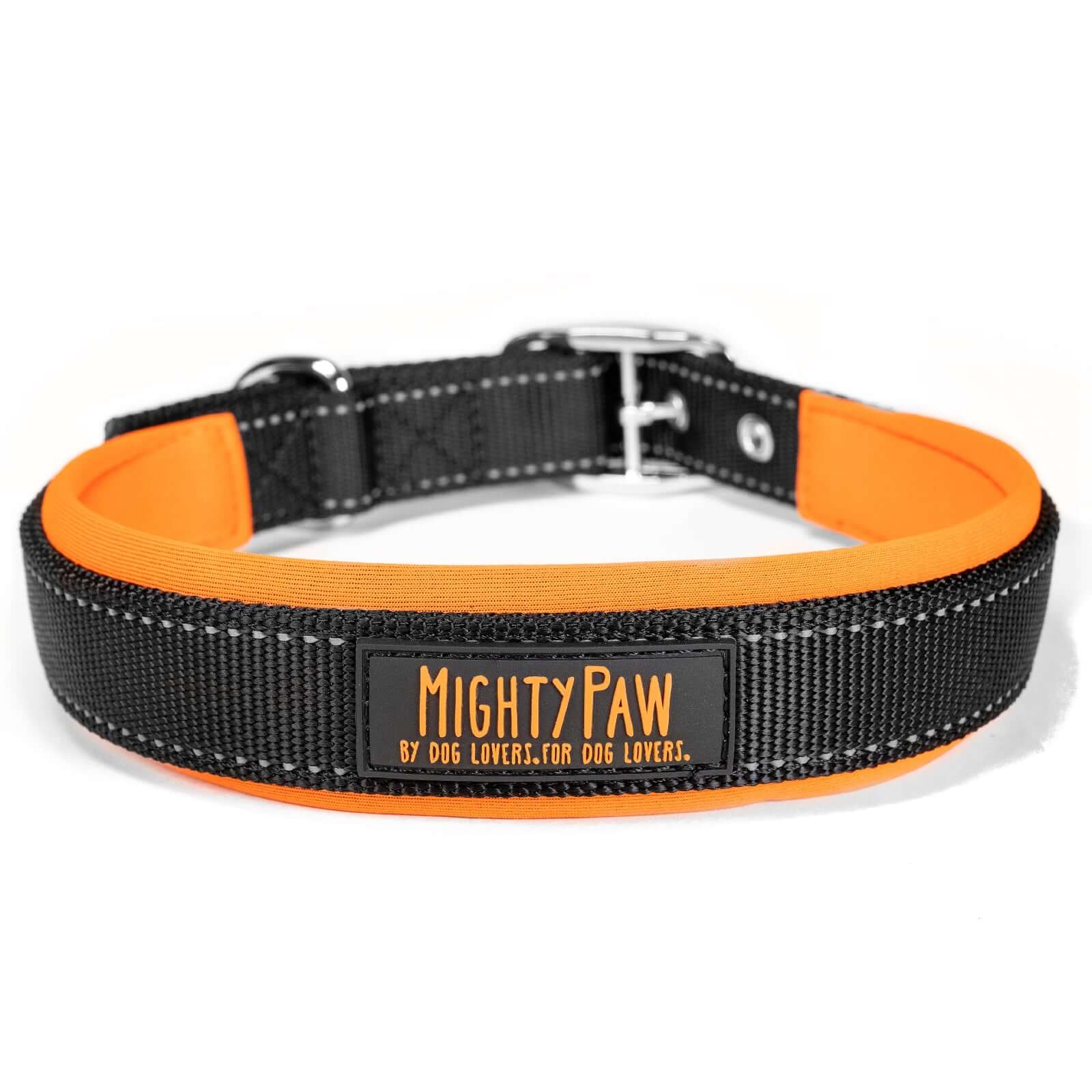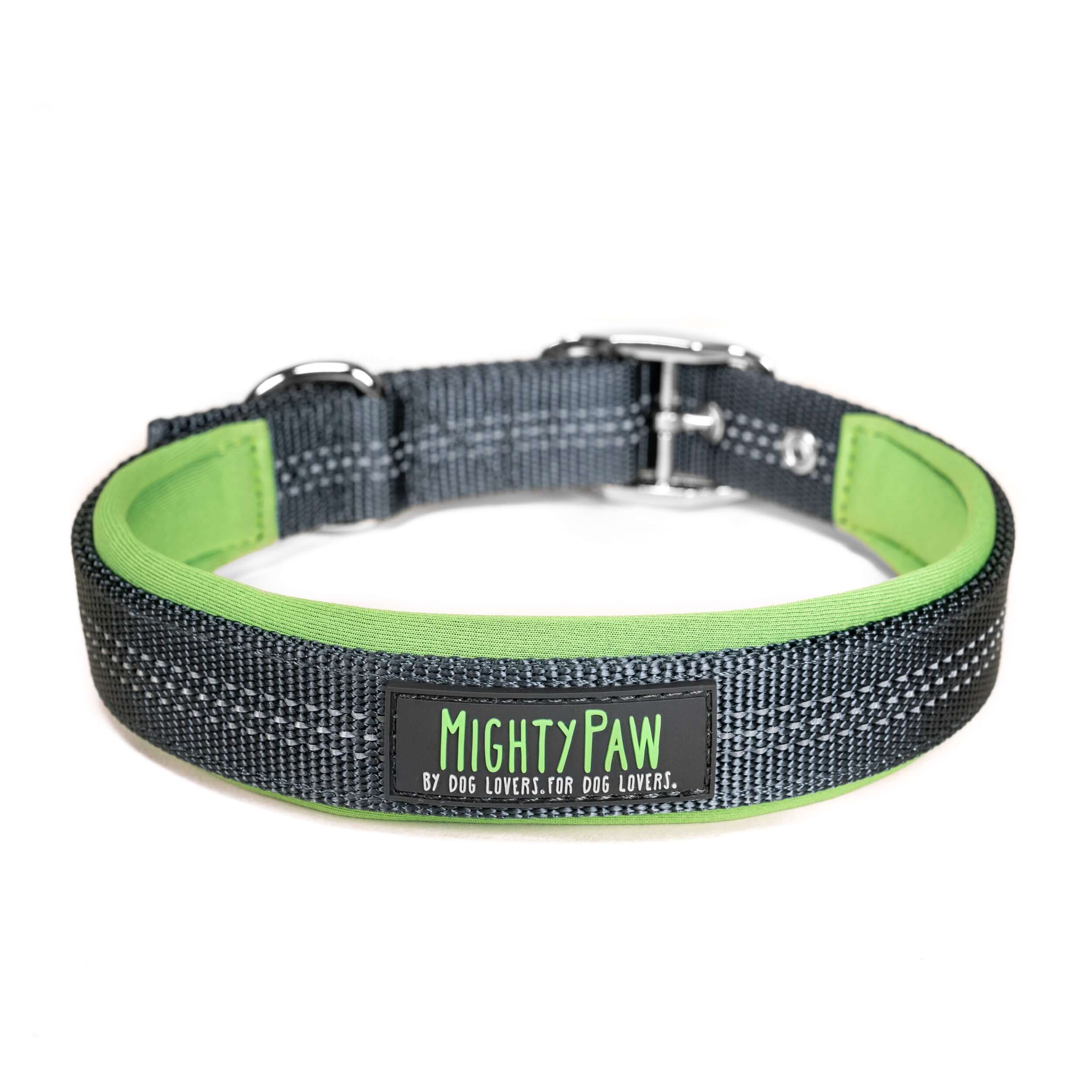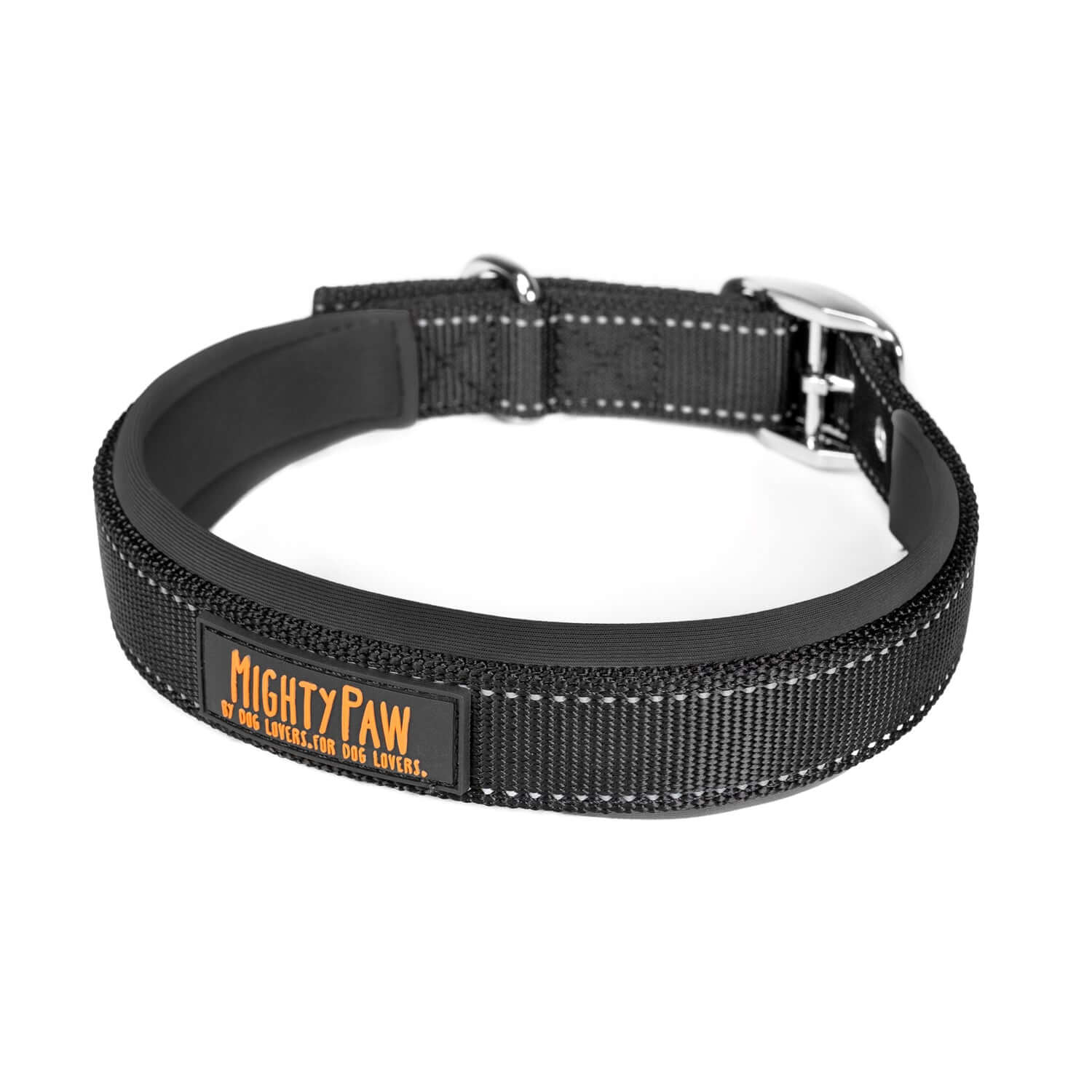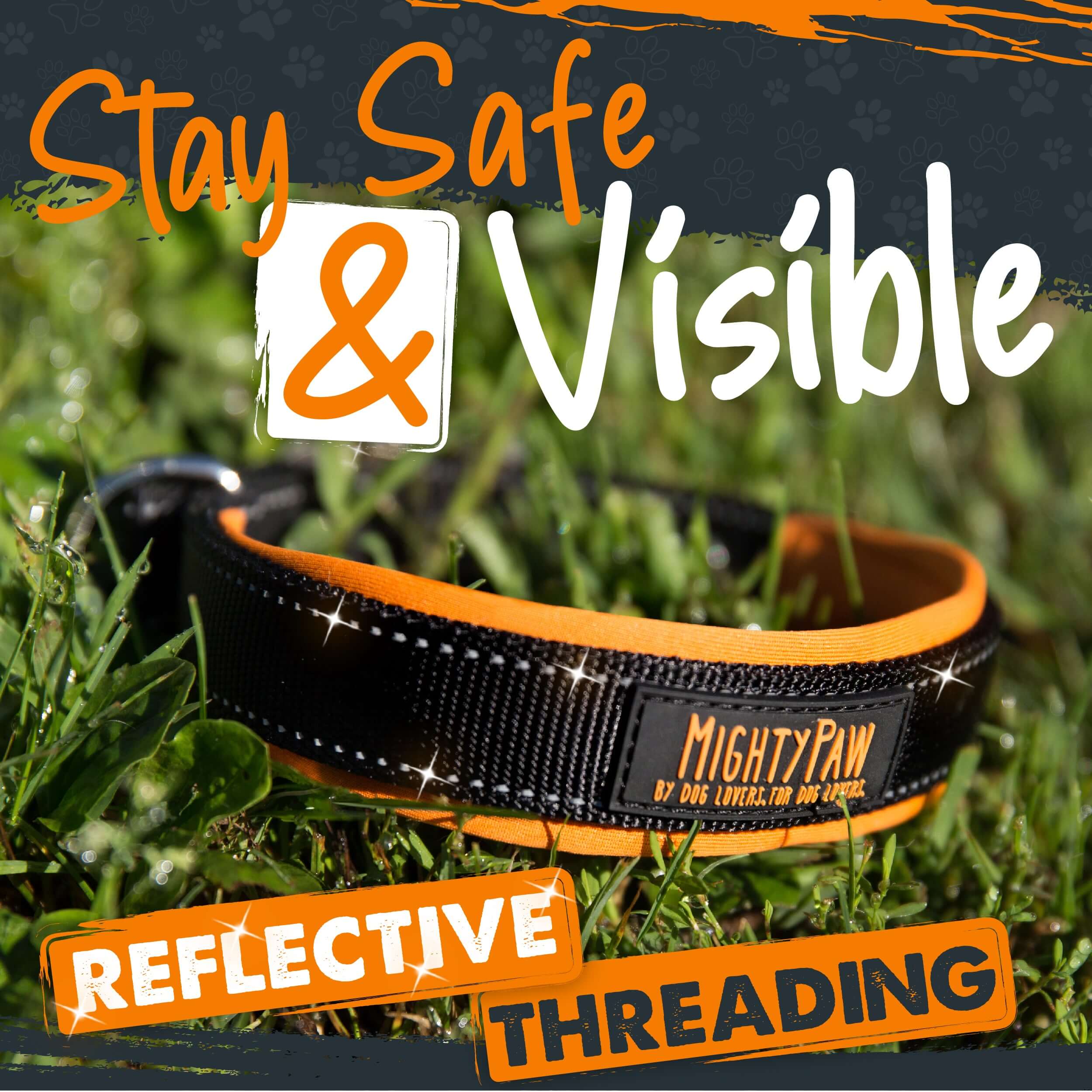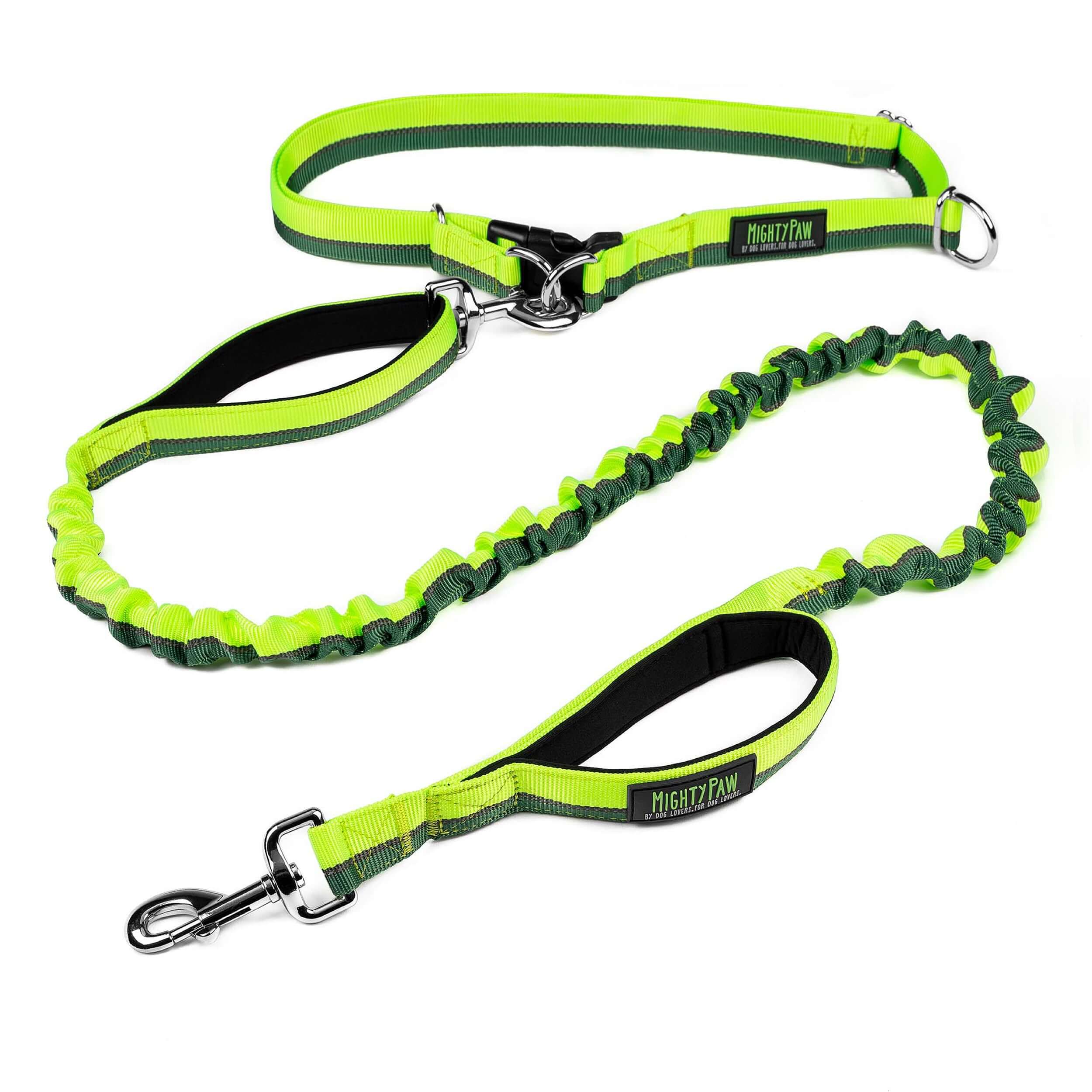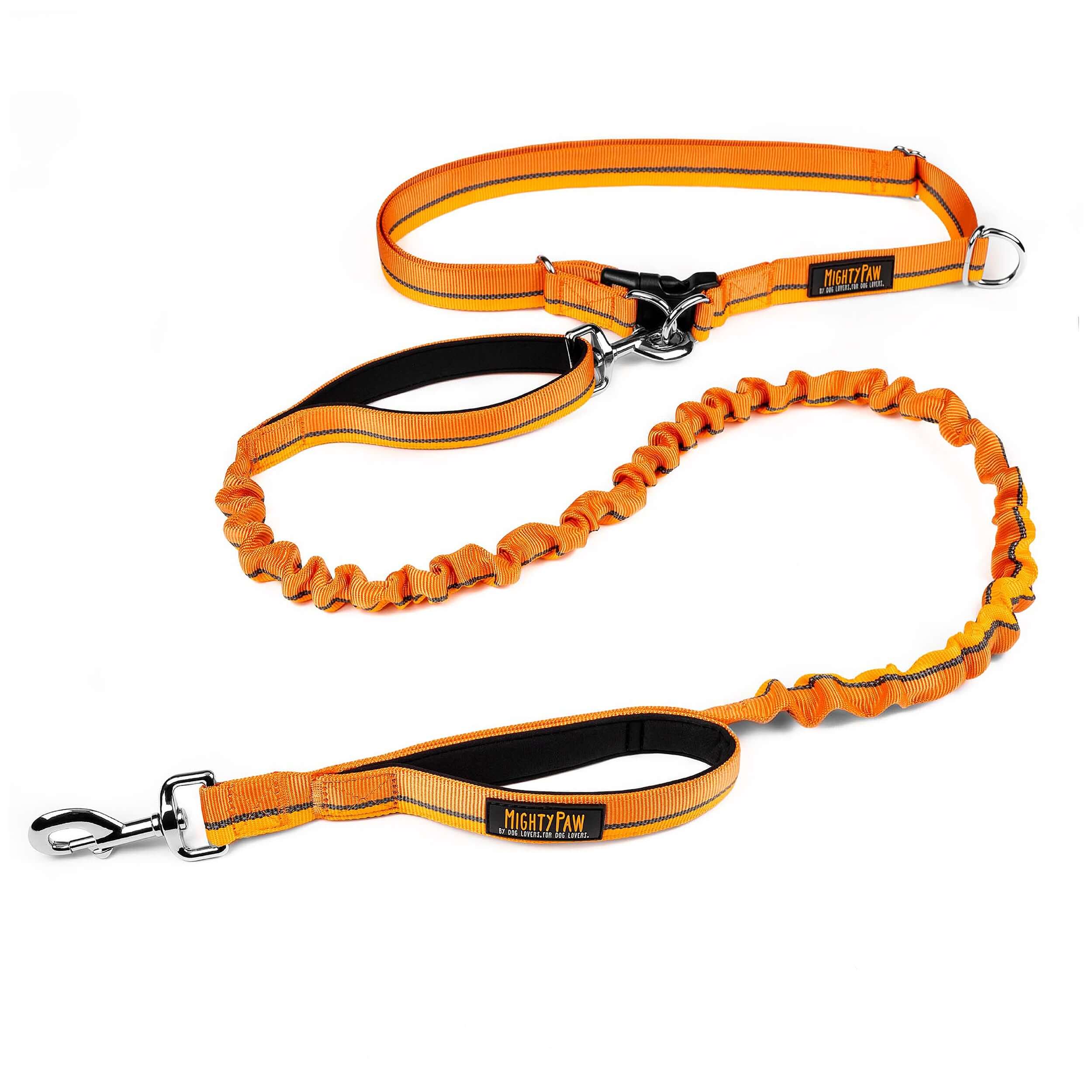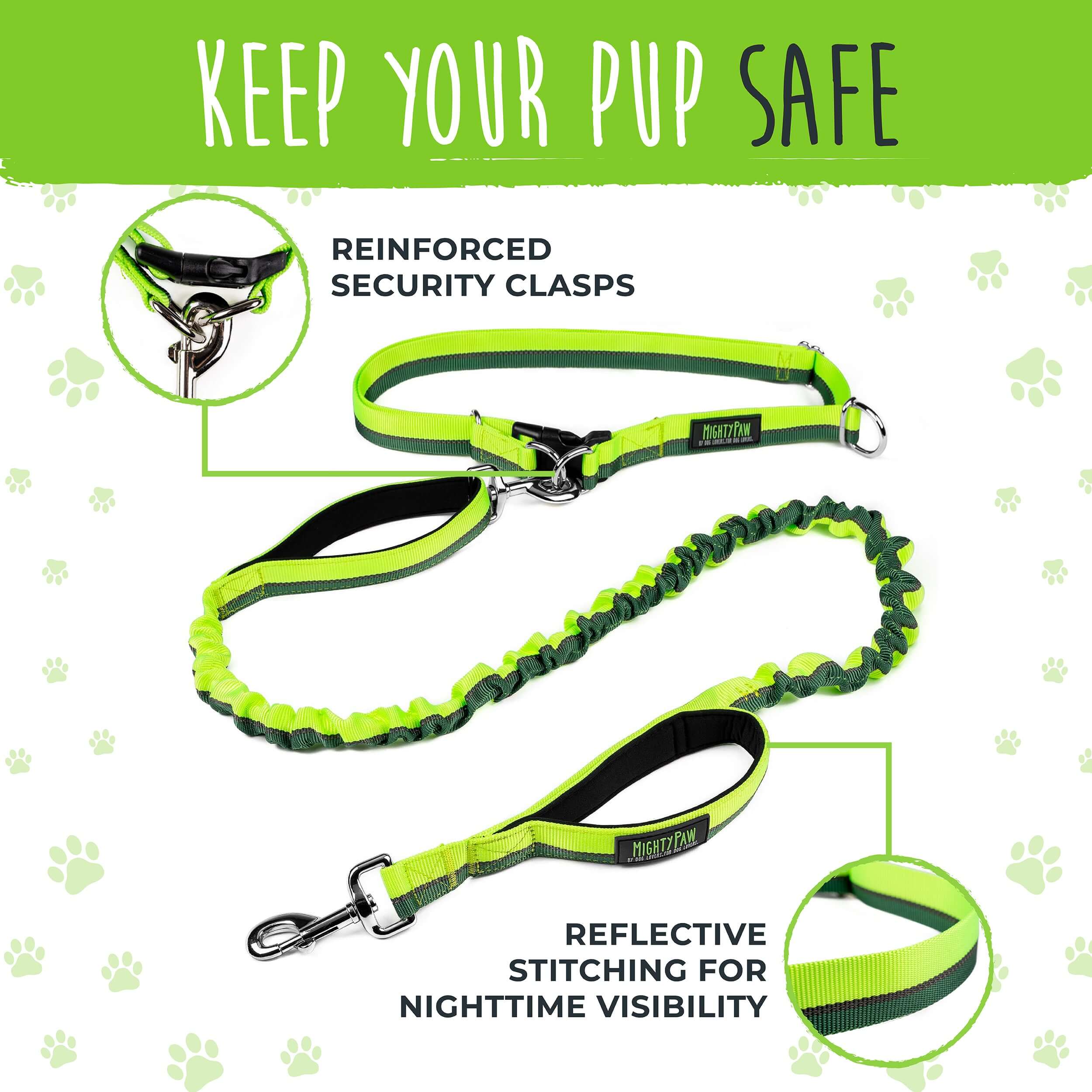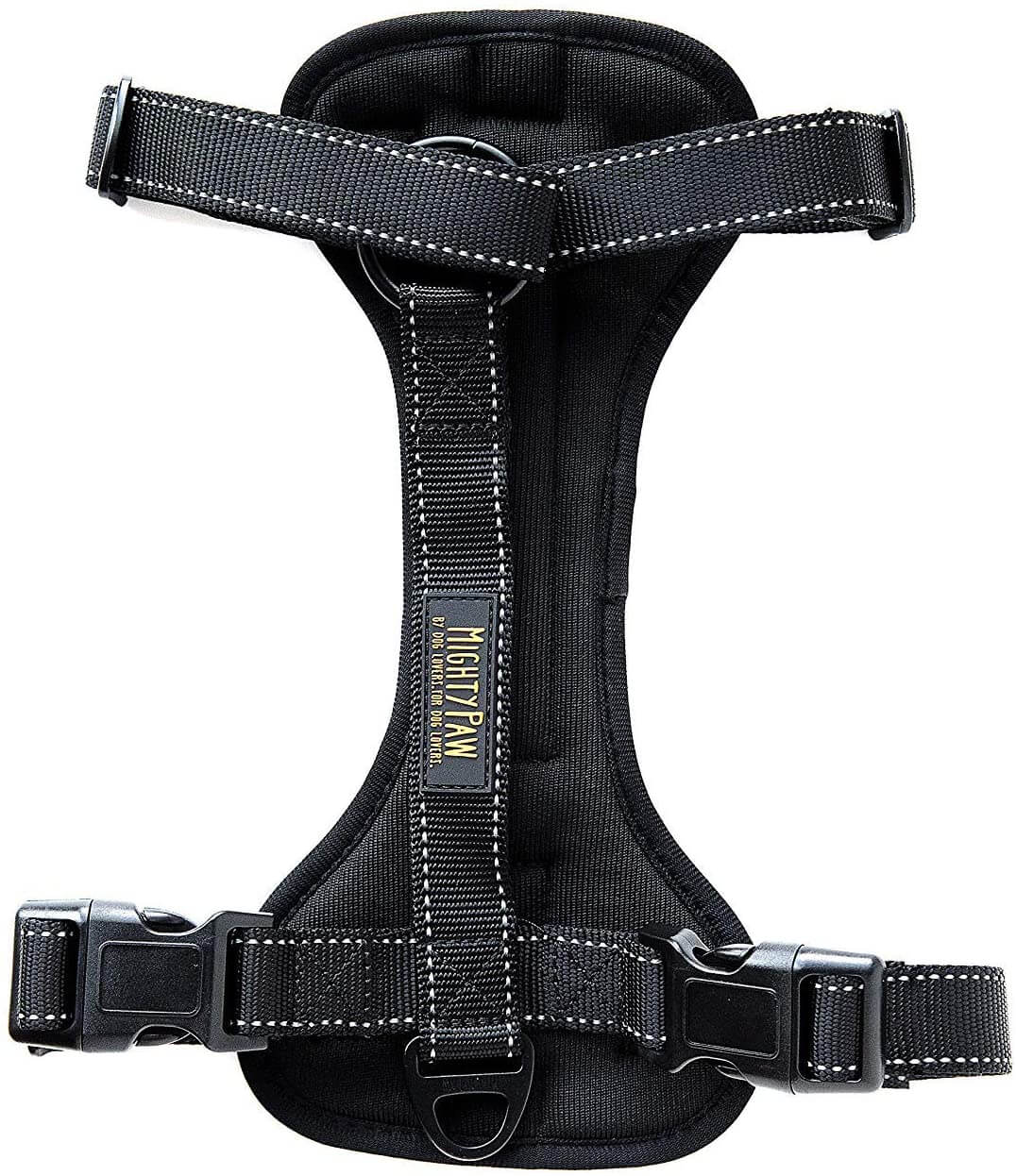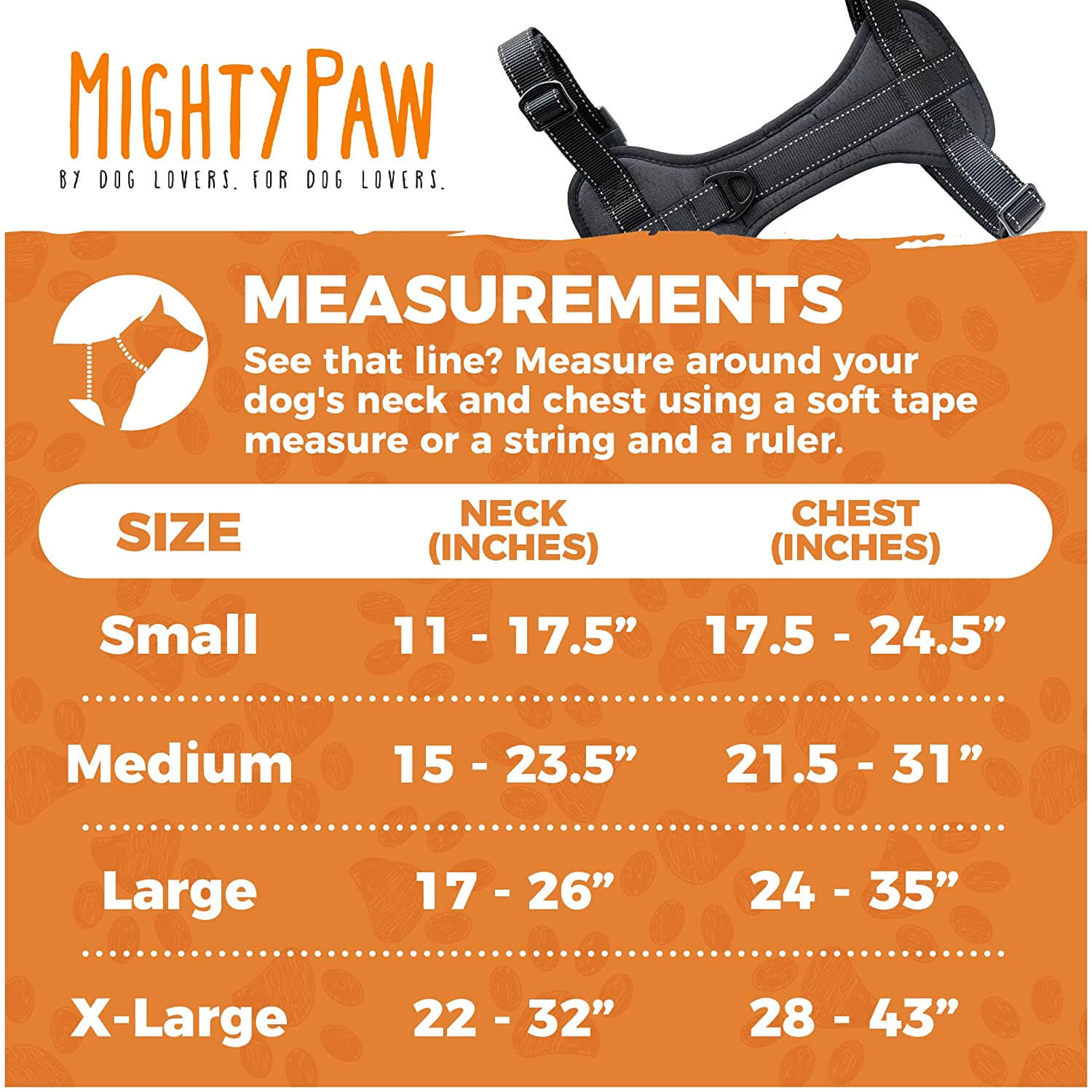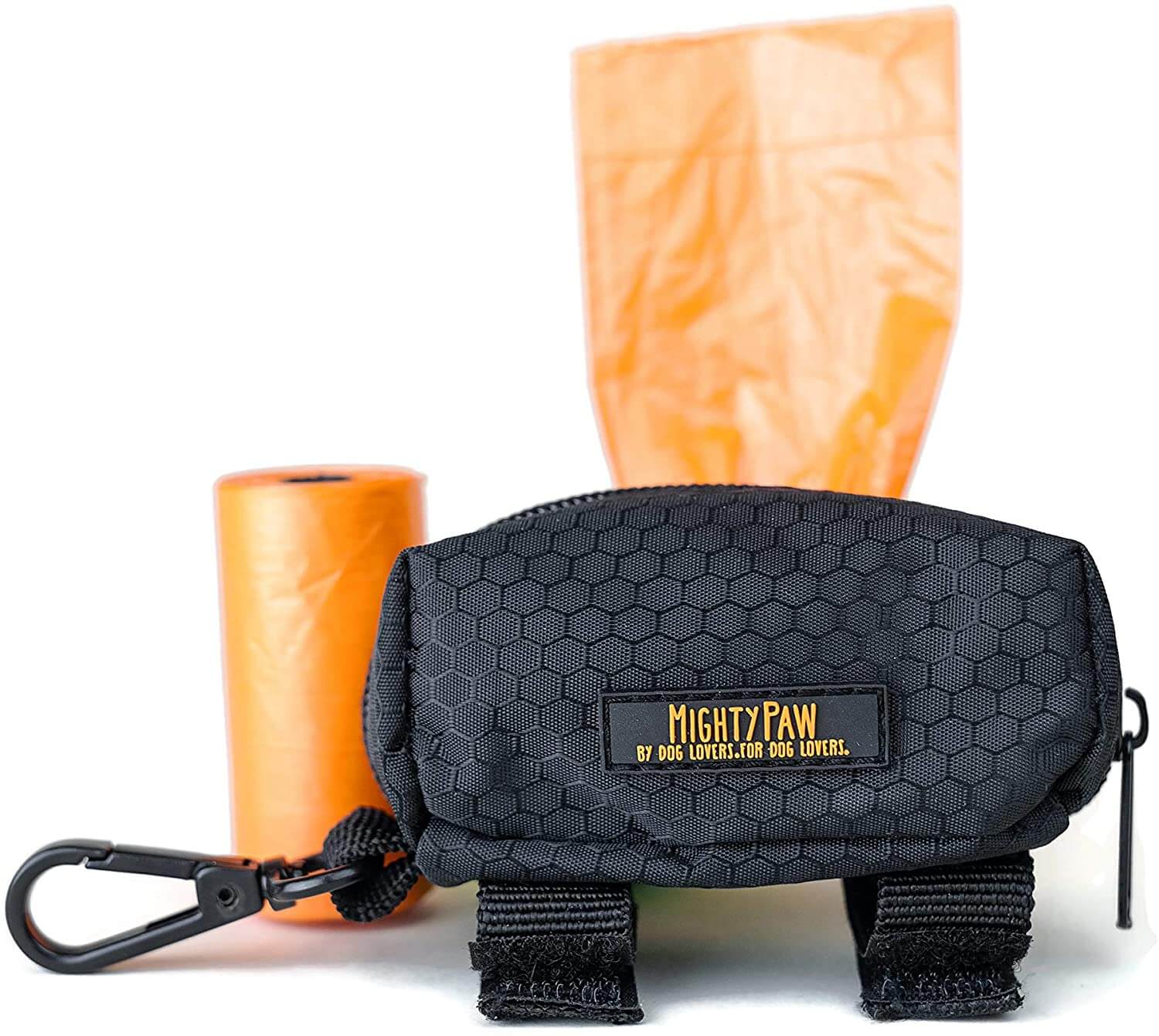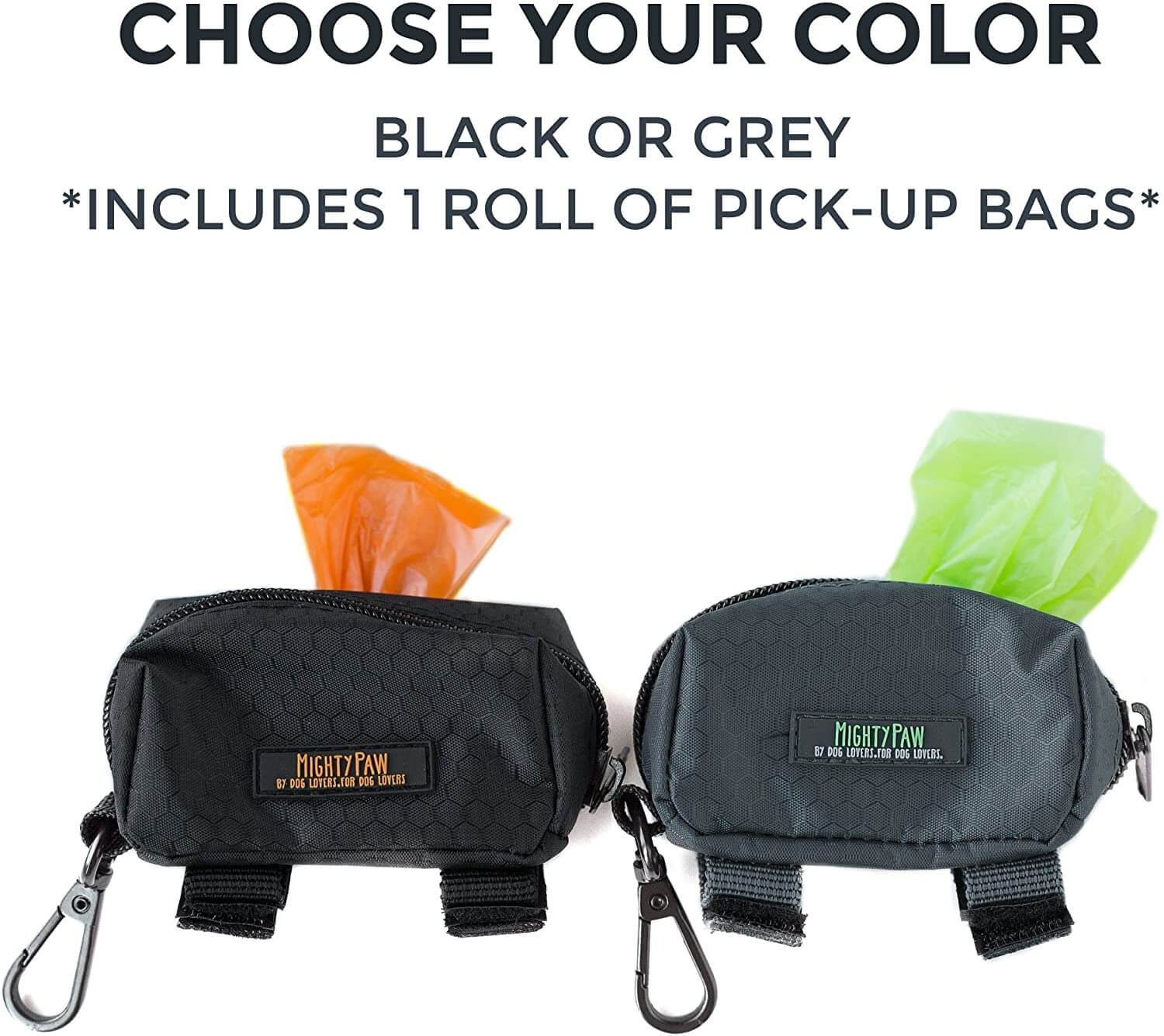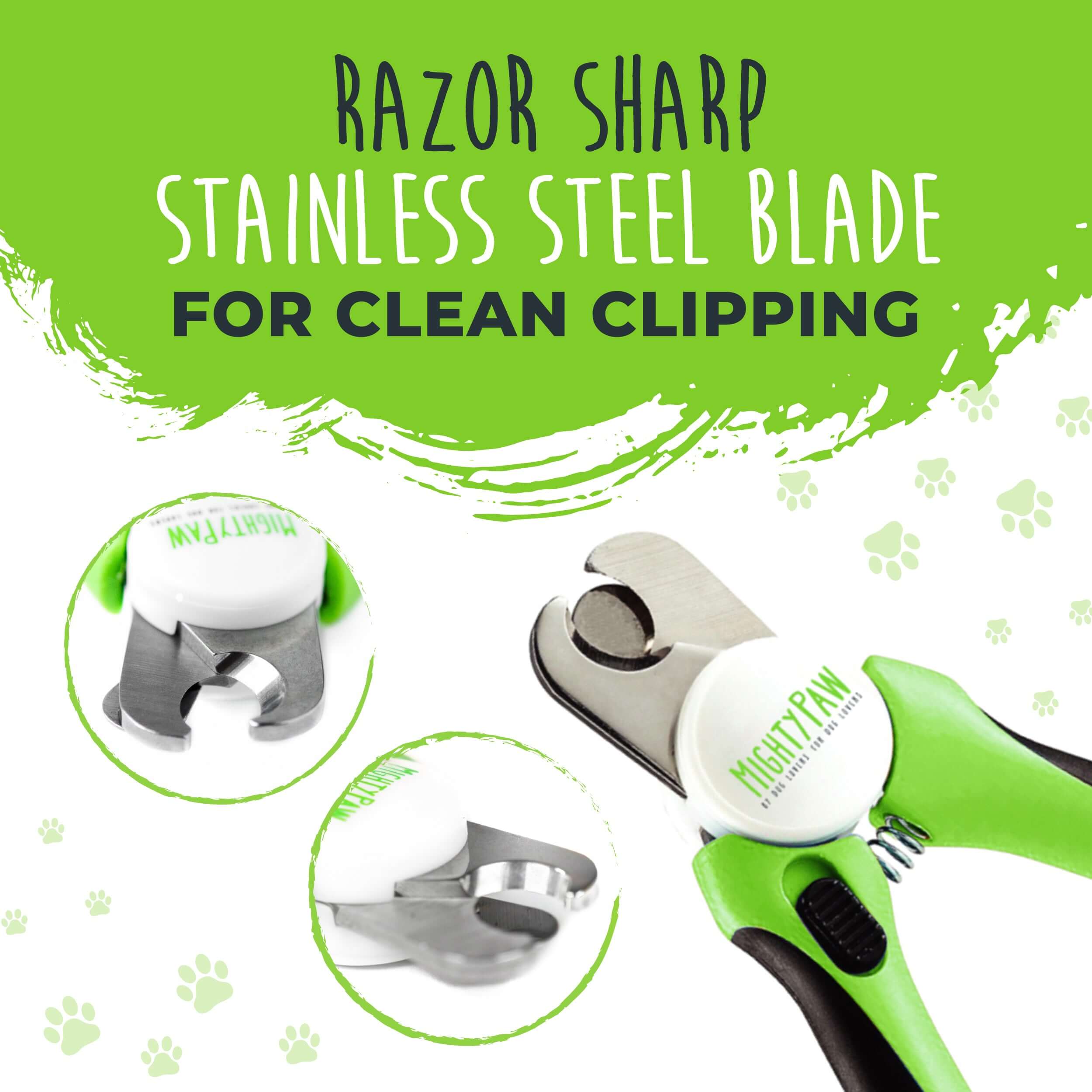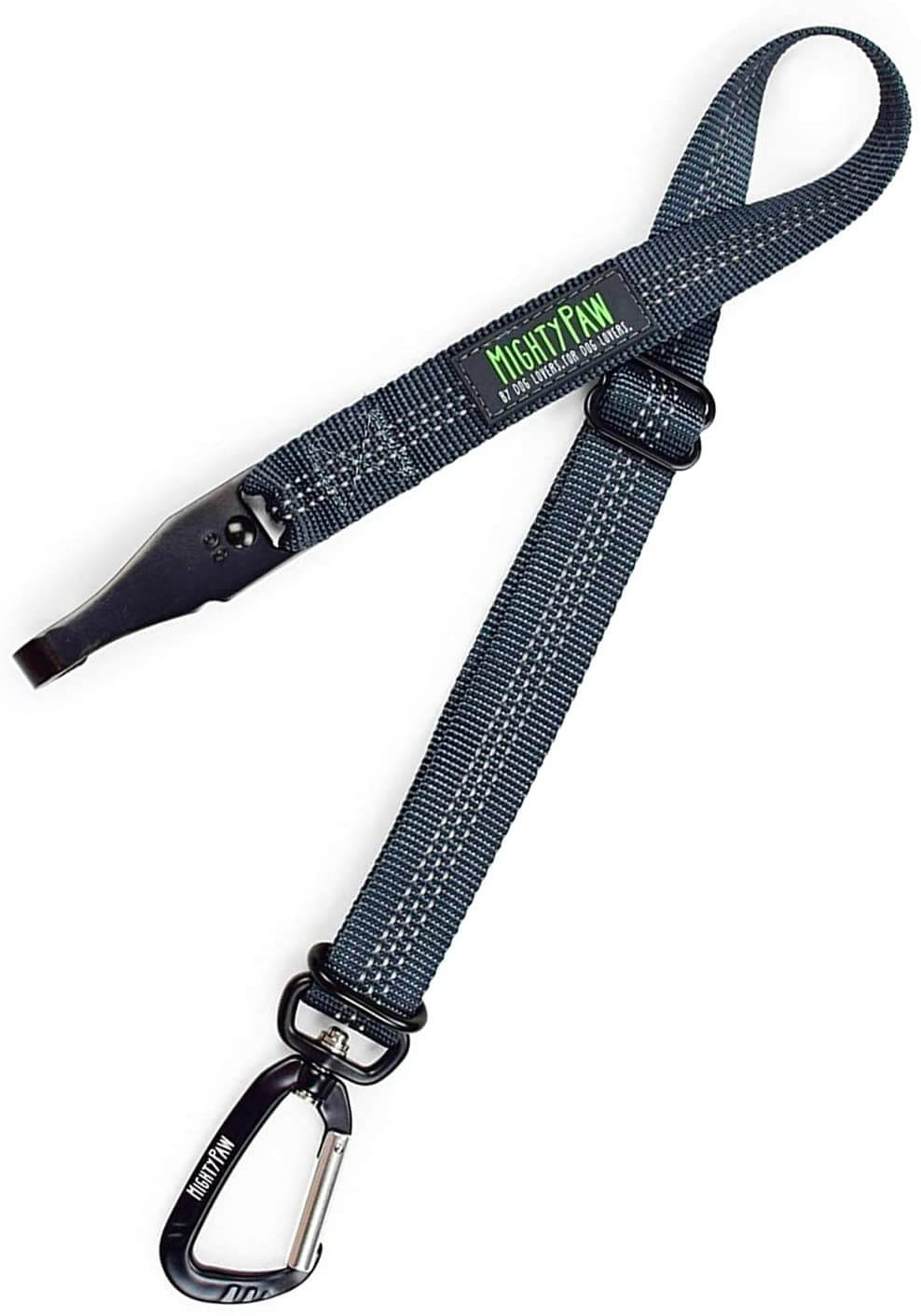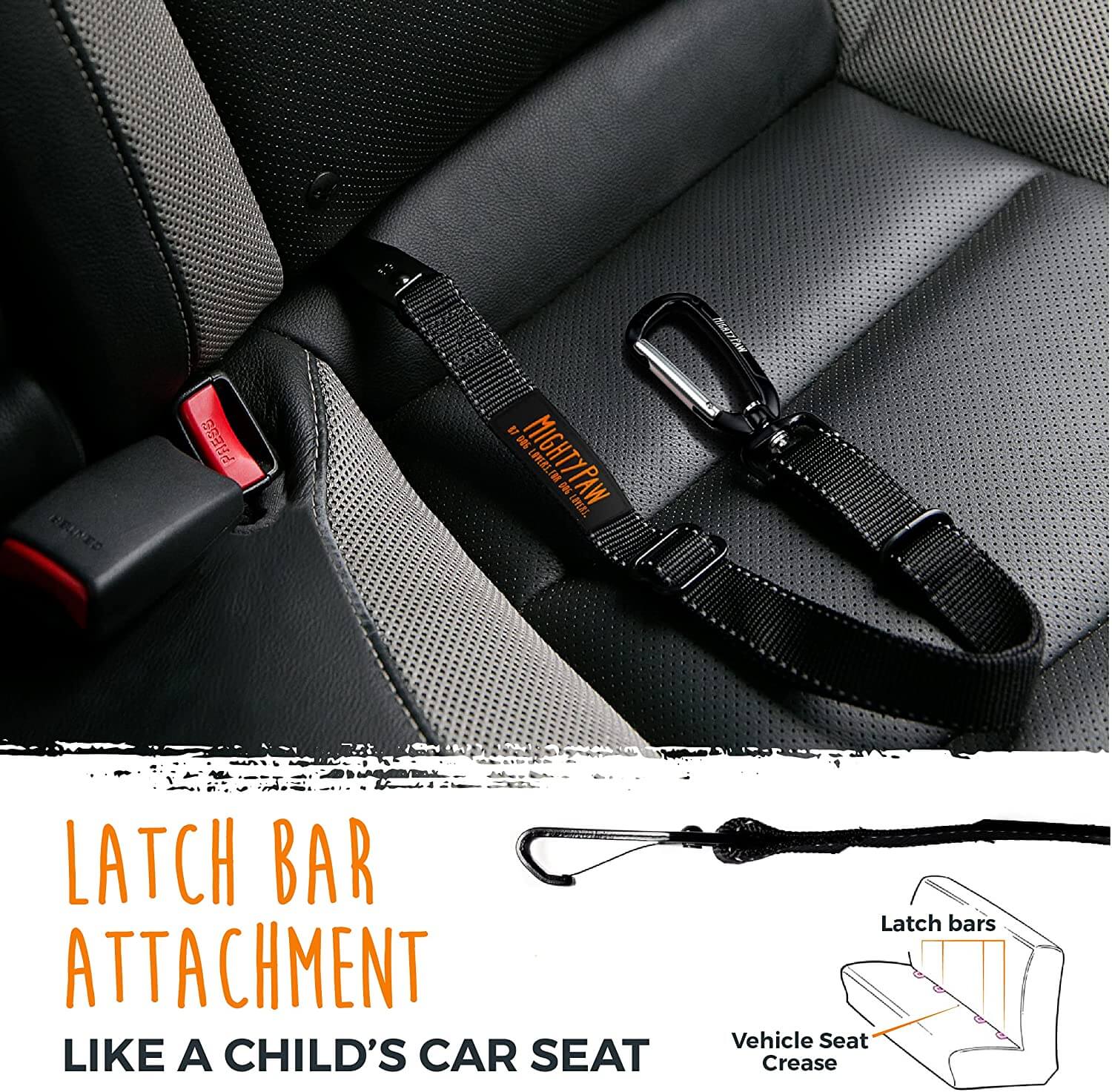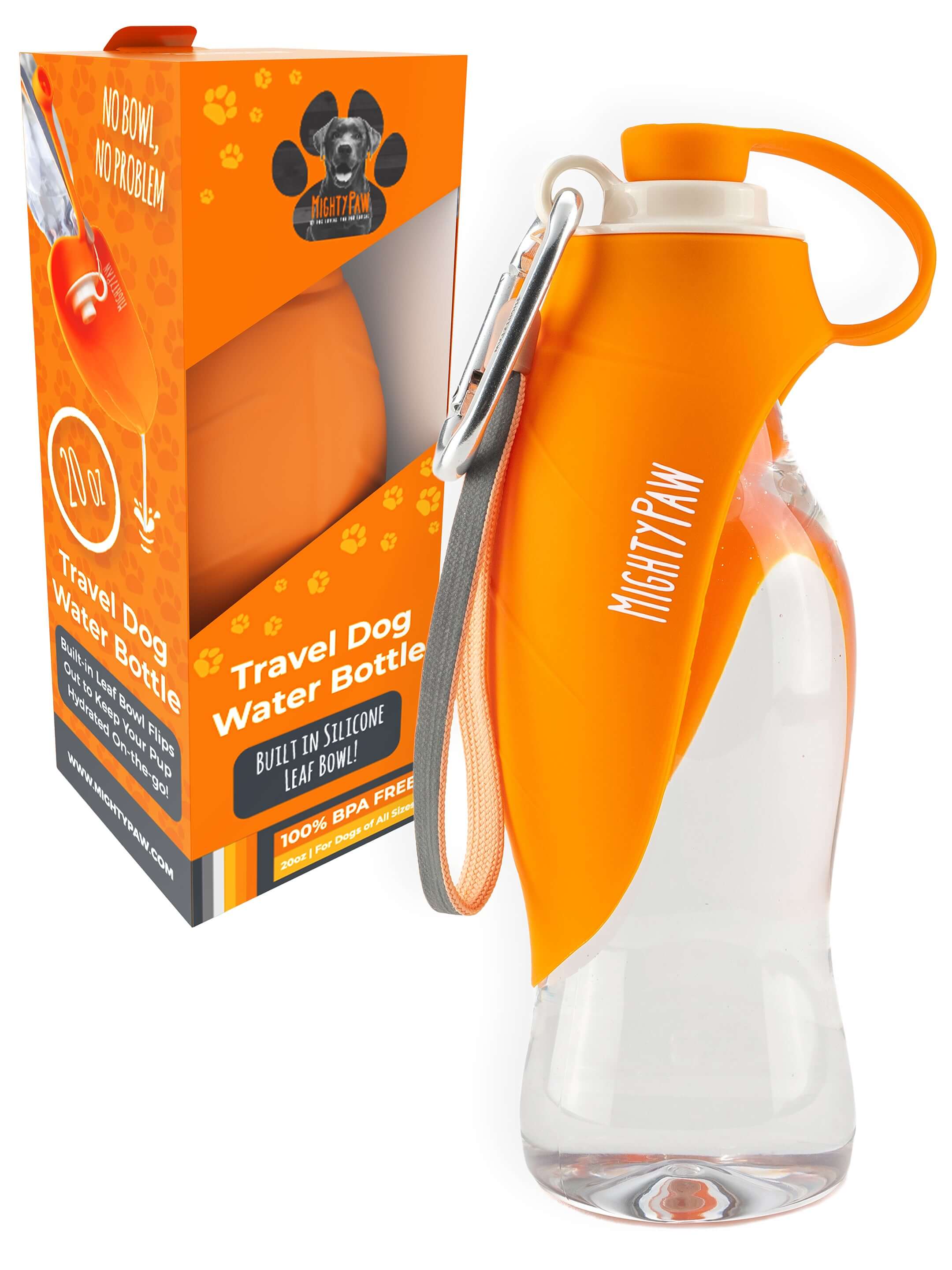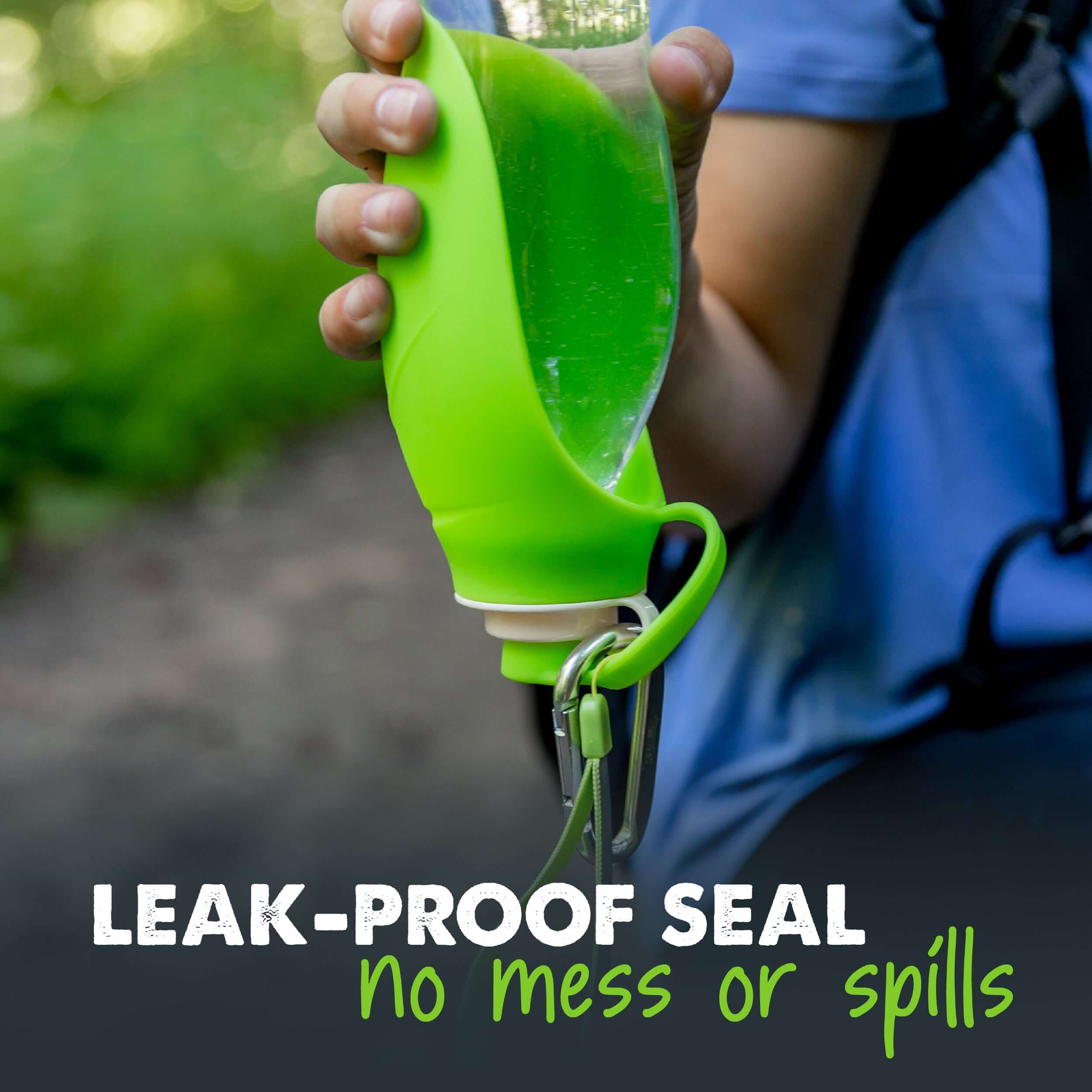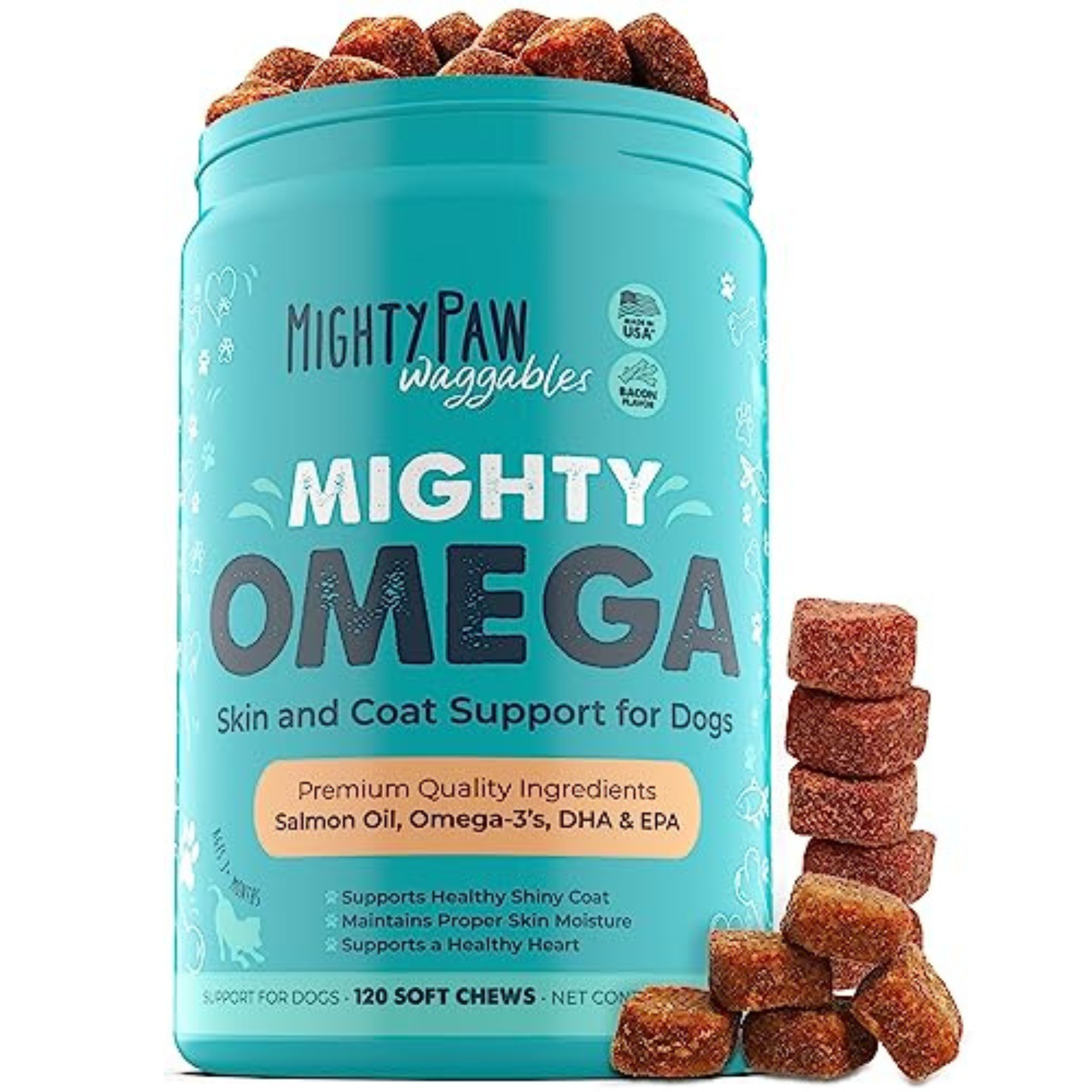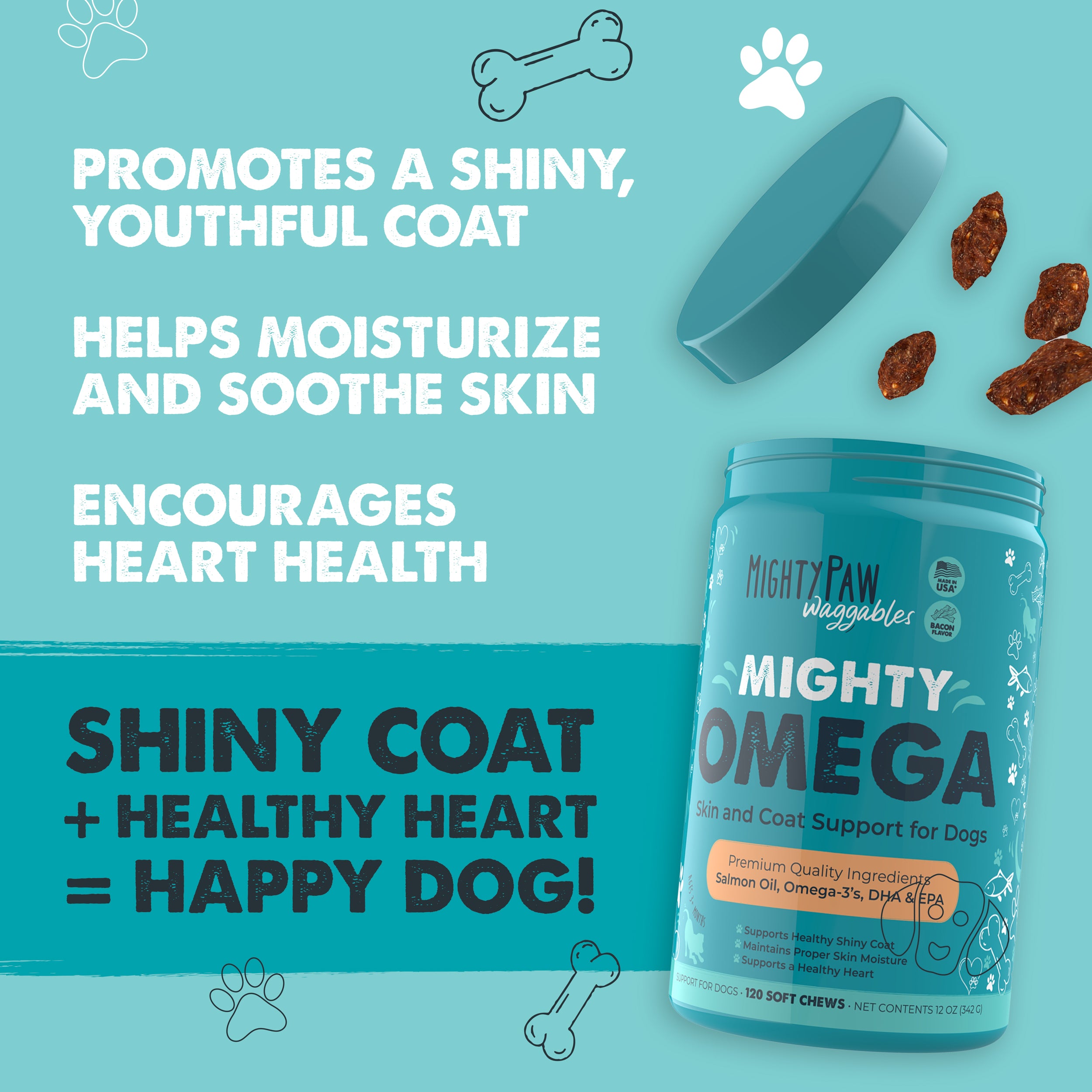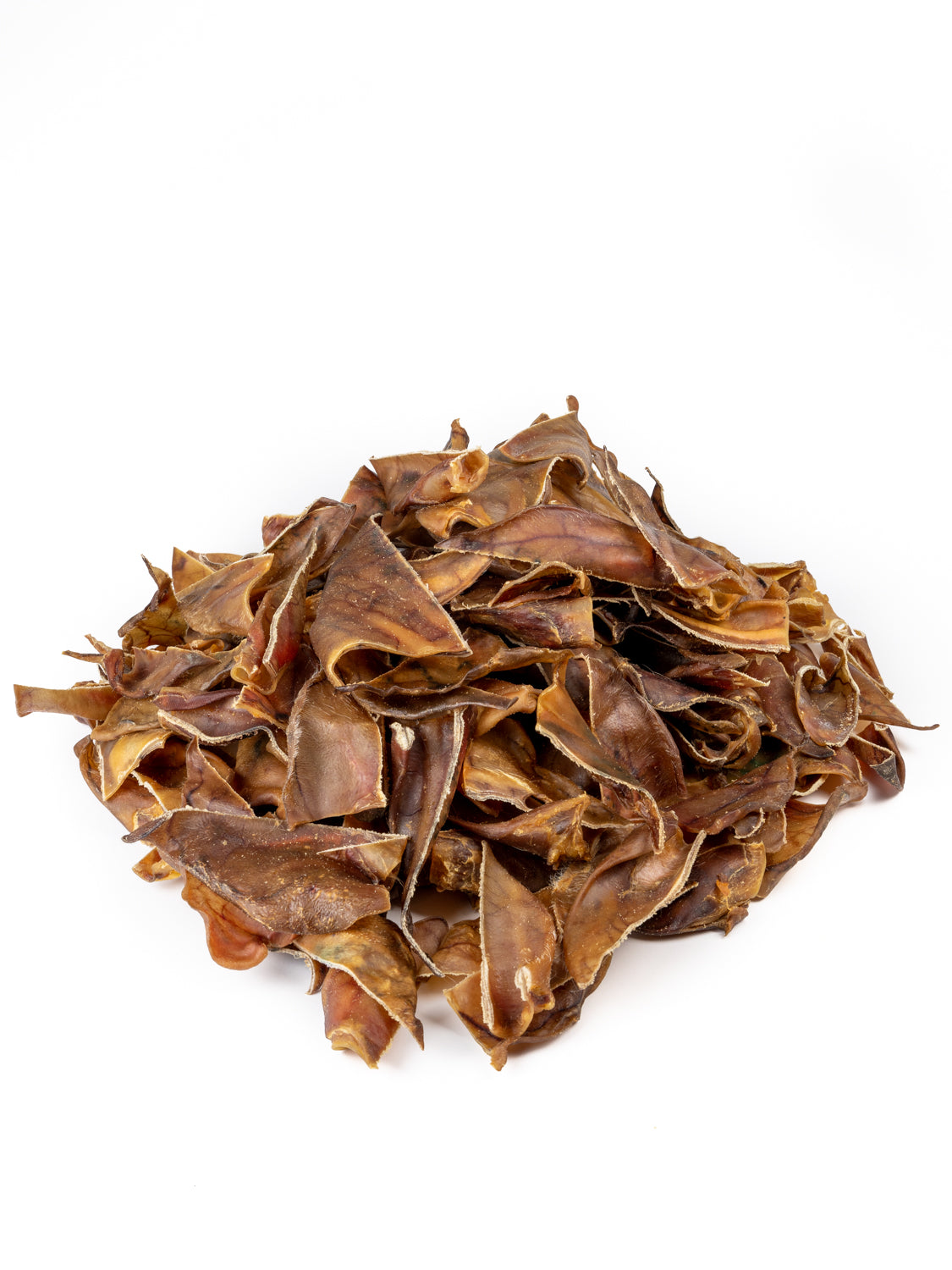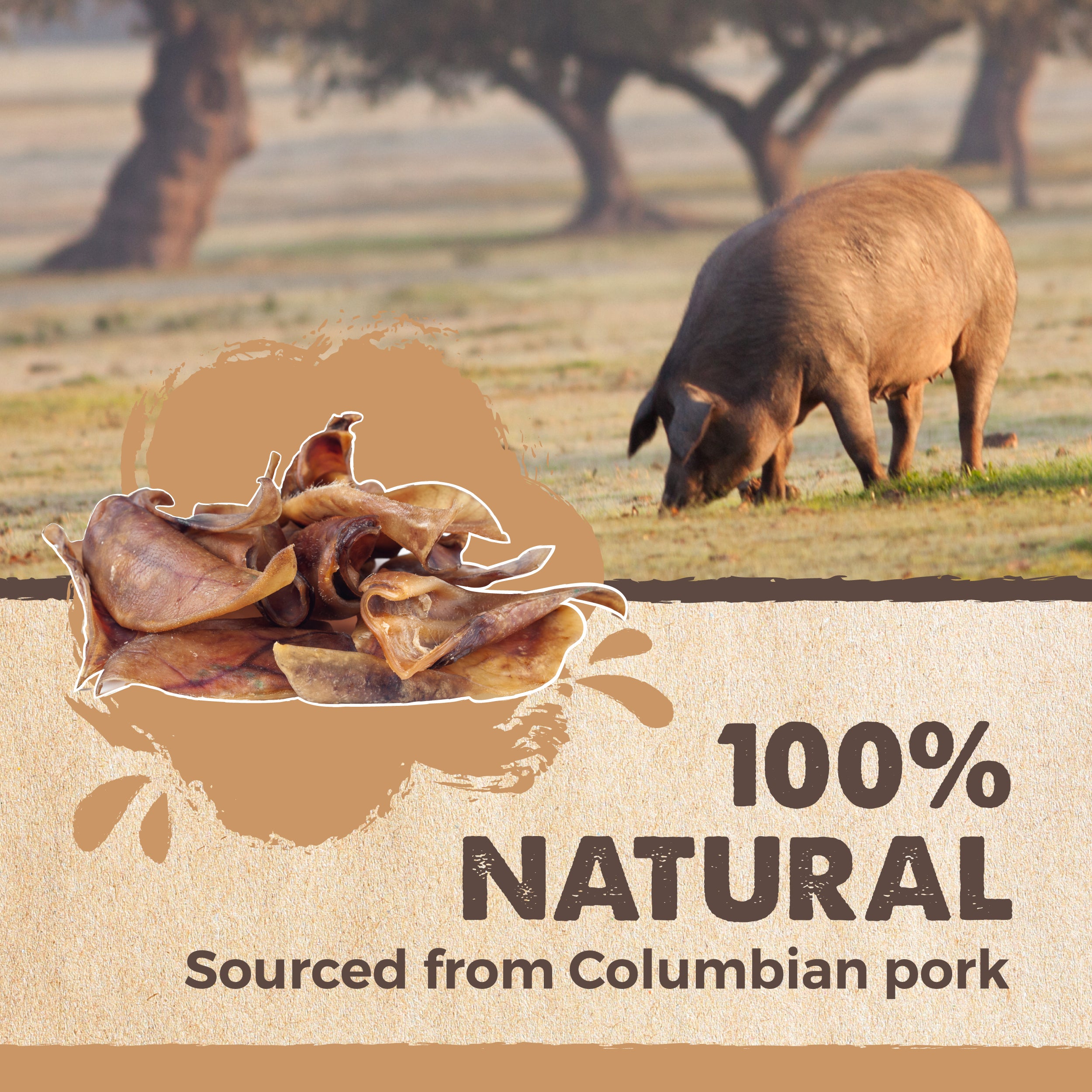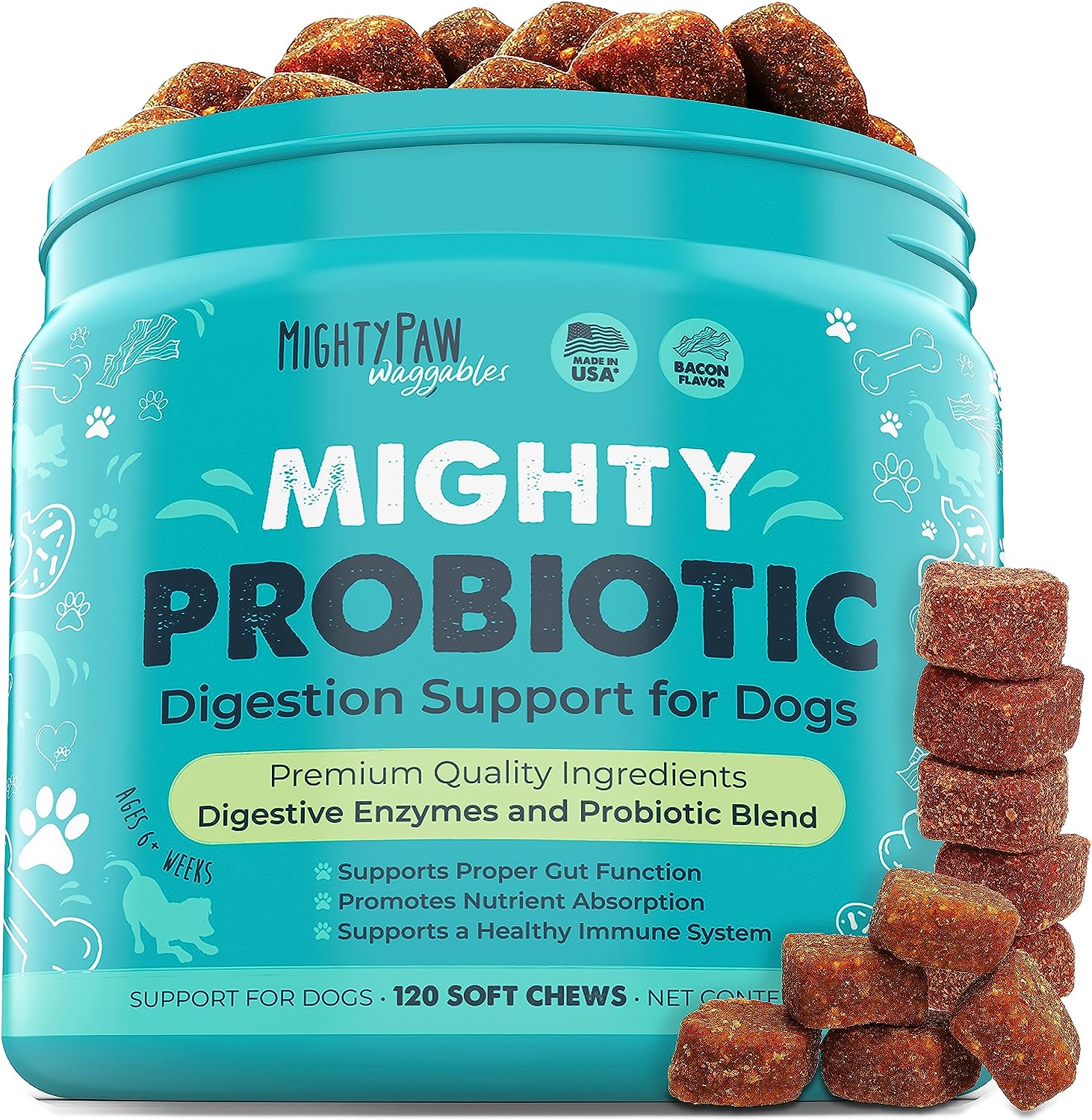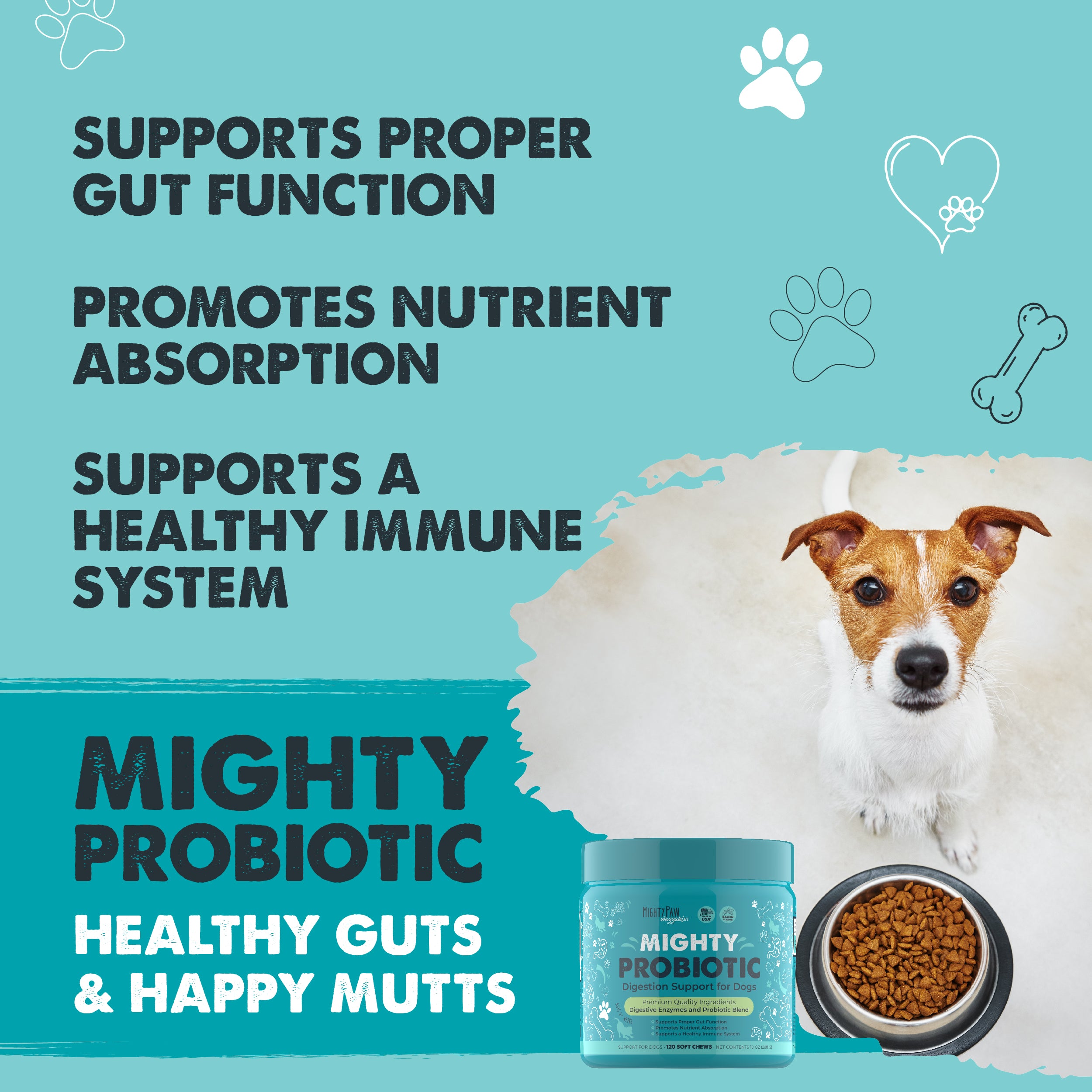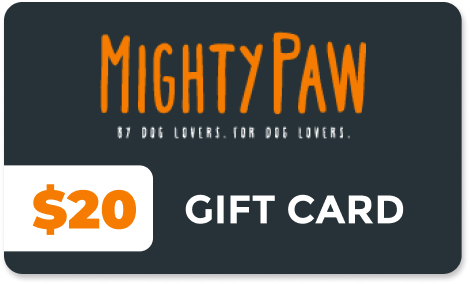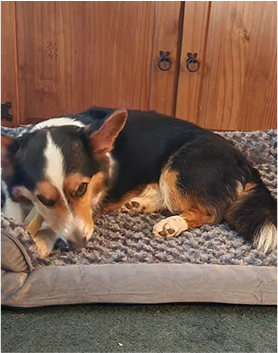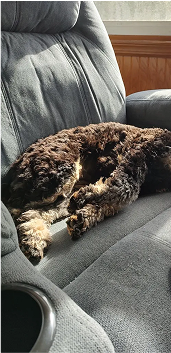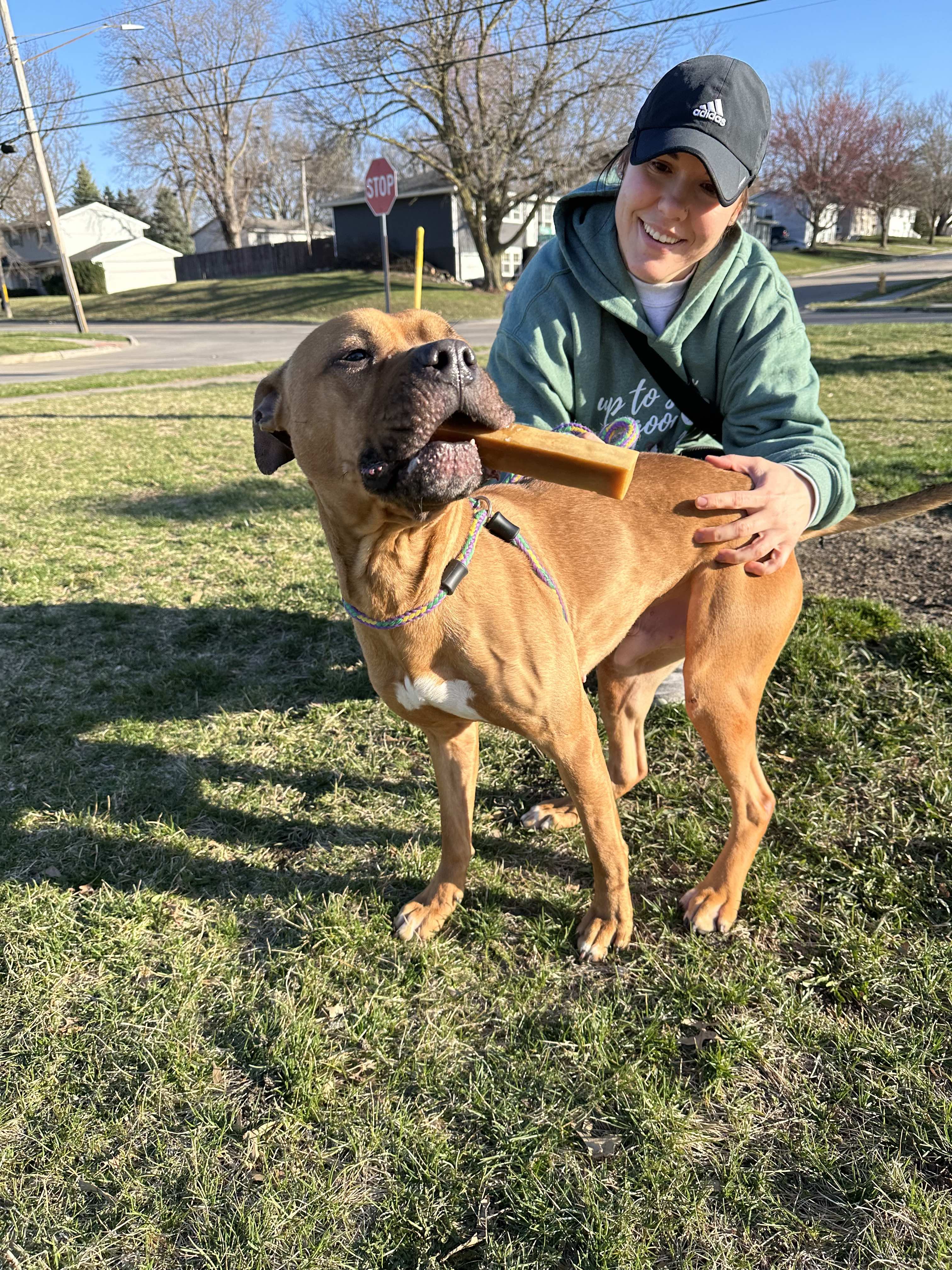Fostering a dog is a profoundly rewarding experience, both for the dog who needs a safe haven and the foster parent providing it.

By opening your home to a foster pup, you're not only giving that dog a lifesaving landing and launch pad but also playing a crucial role in easing the burden on shelters and rescue groups.
Often when a dog person thinks of being a dog foster parent, it's natural to wonder wonder how it actually works and if their home situation really lends itself to a new family member, even if temporary, and what it takes to be a good foster.
Let's jump in and cover what you'll need as a foster parent, from the initial steps to seeing your foster pup successfully launched into his or her new, loving, forever home and family.
What makes a good foster dog home?
A nurturing environment
A good foster home is more than just a place to stay for a rescue dog; it’s most of all a nurturing environment where a dog can feel safe and loved. It's a respite from what can be stressful surroundings for some dogs in a busier, multi-dog shelter environment. It gives your foster pup an opportunity to experience family life and more one-on-one love and attention.
Three foundational qualities of a good, nurturing foster home and foster parent:
1) Compassion
Be ready to put yourself in your foster dog's place and see this all-new world of your home through your pup's eyes. Even the most confident of dogs is likely to be a bit anxious or fearful. Set your pup up to feel secure and successful in all things. Take every opportunity to show understanding and celebrate even the smallest things with affection, praise, and treats (!).
2) Patience
Follow the Rule of 3. You might have heard trainers, behaviorists, and rescue groups refer to the "the Rule of 3." It's shorthand for guidelines of what to expect when a dog is getting settled in a new environment whether that's a shelter, a foster home, or a forever home during the first 3 days, 3 weeks, and 3 months.
For starters, it's all about understanding that your foster dog needs to totally decompress and de-stress for the first 3 days with you. Take it slow and easy. That means plenty of rest and support for your dog and endless patience from you.
Your rescue will be happy to fill you in on what they know about your individual pup's emotional as well as physical needs.
3) Adaptability
Being flexible goes hand in hand with patience. Be willing to adjust your routines to make the transition smoother and stress-free for your foster pup. It's all about making it easy for your foster dog to succeed and almost impossible to fail -- and helping your foster feel more confident and secure in the process.

A safe space
Safety is top priority when you're fostering. That means ensuring your home and everything surrounding your foster dog is safe -- and also feels safe and secure to your pup.
- Dog-proof your home with a walk-through audit to spot and remove hazardous items and alleviate any potentially dangerous situations.
- Remove potential hazards like toxic plants, small objects, and unsecured trash bins.
- Check boundaries to ensure your yard is securely fenced and gates are latched.
- Create a comfortable, secure-feeling space for your pup: Provide a cozy bed, toys, and regular access to outdoor spaces. A calm and consistent environment helps any new dog including your foster dog feel secure and reduces stress.
The fostering process - getting started
- Research and choose a rescue organization in your area: Look for local shelters or a rescue group with foster programs. They'll be delighted to help you understand the commitment and responsibilities of their particular foster program.
- Application: Fill out necessary paperwork and be open to follow-ups including background checks and home check-outs that all good rescues require for anyone offering to foster.
- Approval: Once approved, you’ll be matched with a dog who needs you and is a good fit for your home and family situation.
- Training: Many organizations offer training sessions either in person or online to help prepare you for dog fostering.
- Ongoing support: Many rescues provide resources and support throughout the fostering process from counseling to workshops, and of course, answering any questions along the way. Rescues consistently provide and manage any medical issues/appointment for your pup while in your care. Many will also offer ways to keep you connected with other foster parents for support and shared experiences.
Preparing your family -- introducing foster pets and children
- Slow, managed introductions: Gradually introduce your foster dog to your own dog or dogs/cats and children. If you do have a current dog: you know your dog, and the rescue can help guide you on your foster's personality and the best way to approach your introductions.
- Supervision: Always supervise interactions, especially during the initial stages between foster dogs and current dogs/other pets and children.
- Education: Teach your children how to interact safely and respectfully with your foster dog (and of course, any dog).
Daily care, exercise, and training

Feeding and grooming
- Balanced diet: You'll want to provide high-quality food appropriate for the dog’s age and health. Your rescue group can fill you in on your pup's specific likes/dislikes and needs.
- Regular grooming: Brush fur, check ears, and trim nails regularly to maintain hygiene and keep your pup looking and feeling good.
Exercise and play
- Daily walks and play: Ensure your foster dog gets plenty of physical exercise to stay healthy and relaxed.
- Mental stimulation: Use playtime and provide toys and chews to challenge your foster dog’s mind and help your pup get rid of excess stress naturally.
Pro tip: Dogs instinctively love to chew and calm themselves with chewing.
The repetitive act of chewing releases serotonin and dopamine, two important neurotransmitters in dogs' brains that both engage and calm dogs giving what's sometimes referred to as the natural feel-good vibe. Set up your pup with some long-lasting, healthful chews to help de-stress, stay mentally stimulated, and settle in contentedly! (We created our all-natural, nutritious single/limited ingredient Bully Sticks and Yak Cheese Chews with exactly that in mind.)
Basic training
- Basic cues: Teaching basic cues like sit, stay, and come is a great way to engage your dog mentally, share lots of opportunities for rewards, and grow your communication and trust bond with your foster pup. Not to mention you're helping your foster to be a star at adoption events!
- House training: If your rescue matches you with a dog who needs house-training skills or just a refresher for your location, work with your pup on establishing a routine to set both of you up for success.
Prepping for emotions from the start
You wouldn't be fostering if you didn't love dogs and want to put your heart into giving them the chance for the good life all dogs deserve. It's only natural to bond with your foster dog -- that's what gives dogs the secure, loving launch they need for their happy ever-after!
Remember why you're fostering and remind yourself before you meet your foster dog that an eventual hand-off is the beautiful point. Letting your foster pup go on to his or her forever family means making room for another dog who needs you.
Prepare yourself well in advance mentally and emotionally for the farewell you're working toward. Be sure to prepare and discuss with all your family members as well. Know going in to keep all eyes on the prize -- the positive impact you’ve making on a dog’s life forever.

Fostering is a beautiful way to make a significant difference
You're stepping into the life of a dog who needs you as that critical link to a forever home of his or her own. The journey is filled with learning, love, and sometimes a little emotional tug, but the rewards far outweigh any challenges. If you’ve ever considered fostering, now is the time to take that step. Dogs need you right now more than ever, and so do overwhelmed, space-challenged rescues!
Reach out to your local animal shelters or rescue organizations and start your fostering journey today. You're not only changing the life of a dog—you’re exponentially enriching your own!
We're dog people -- and know you are too.
At Mighty Paw, we're first and foremost dog people. We believe in helping create a world where it's easier to keep your dog -- and every dog -- safe, healthy, and happy. So all dogs can live their fullest, best lives with their people.
That's why we're committed to partnering with rescues to support and celebrate rescue dogs and fosters with wellness and enrichment products, exercise equipment, and our Buy 1, Give 1 Chews for Change program where every time you buy a Mighty Paw Yak Cheese Chew, another one goes to a rescue pup to enjoy!
It's also why we're dedicated to always providing high-quality products that are safe, durable, and practical for everything you need to keep your dog healthy and happily enjoying every adventure large and small by your side.

